-15%
Handbook of the Mammals of the WorldVolume 3: Primates
原价为:$204.80。$174.08当前价格为:$174.08。
Illustrator
有库存
原价为:$204.80。$174.08当前价格为:$174.08。
重量
4.57 kg
尺寸
24 × 31 厘米
语言
English
格式
精装
页面
952
出版日期
March 2013
出版商
Lynx Edicions
说明
每个人都知道我们是哺乳动物灵长目中的一员,但如果让别人说出我们的一些表亲,他们最多只能说出五六个最广为人知的名字。 这是《猴类世界》的第三卷,收录了 470 多种猴类:其中包括 138 种长臂猿–非洲和亚洲的狐猴、长臂猿、长尾猴和狨;新世界热带地区的 156 种猴子;旧世界热带地区的另外 158 种猴子;以及 25 种猿猴,其中 19 种是长臂猿,另外还有 6 种黑猩猩、大猩猩和猩猩。 这种非同寻常的多样性大多是在过去二十年中才被发现的。 在 20 世纪 80 年代,这一数字为 180 种。 现在,我们对它们的多样性有了更多的了解,这一卷《世界自然保护联盟》介绍了它们的各种奇特的形状、大小、颜色、习性和专长。
阅读导言,了解有关第 3 卷内容的更多信息。
| 本卷涉及的家庭有 | |
| 狐猴科 (鼠类、巨型鼠类、矮狐猴和叉纹狐猴) | Christoph Schwitzer、Russell A. Mittermeier、Edward E. Louis Jr 和 Matthew C. Richardson |
| 狐猴科(运动狐猴) | Christoph Schwitzer、Russell A. Mittermeier、Edward E. Louis Jr 和 Matthew C. Richardson |
| 狐猴科(竹狐猴、真狐猴和荷叶狐猴) | Christoph Schwitzer、Russell A. Mittermeier、Edward E. Louis Jr 和 Matthew C. Richardson |
| 印里科(毛狐猴、西法卡斯猴和印里猴) | Russell A. Mittermeier、Christoph Schwitzer、Edward E. Louis Jr 和 Matthew C. Richardson |
| 鲷科 | Christoph Schwitzer、Russell A. Mittermeier、Edward E. Louis Jr 和 Matthew C. Richardson |
| 加拉哥科 | K.安妮-伊索拉-内卡利斯 |
| 杓鹬科(杓鹬、杓鹬和杓鹬) | K.安妮-伊索拉-内卡利斯 |
| 狨科 | Myron Shekelle、Sharon Gursky-Doyen 和 Matthew C. Richardson |
| 狨科(旱獭和狨) | Anthony B. Rylands & Russell A. Mittermeier |
| 松鼠猴科(松鼠猴和卷尾猴) | Anthony B. Rylands、Russell A. Mittermeier、Bruna M. Bezerra、Fernanda P. Paim 和 Helder L. Queiroz |
| 夜猴科 | Eduardo Fernandez-Duque、Margaret K. Corley 和 Andrea Spence-Aizenberg |
| 啄木鸟科(Titis、Sakis 和 Uacaris)啄木鸟 | Stephen F. Ferrari, Liza M. Veiga†, Liliam P. Pinto, Laura K. Marsh, Russell A. Mittermeier & Anthony B. Rylands |
| 鸮科(鸮、蜘蛛猴、毛猴和穆里奎猴) | Anthony B. Rylands, Russell A. Mittermeier, Fanny M. Cornejo, Thomas R. Defler, Kenneth E. Glander, William R. Konstant, Liliam P. Pinto & Maurício Talebi |
| 旧世界猴科 | Dietmar Zinner, Gisela H. Fickenscher, Christian Roos, Martina V. Anandam, Elizabeth L. Bennett, Tim R. B. Davenport, Nicola J. Davies, Kate M. Detwiler, Antje Engelhardt, Ardith A. Eudey, Elizabeth L. Gadsby, Colin P. Groves, Aoife Healy, K. Praveen Karanth, Sanjay Molur, Tilo Nadler, Matthew C. Richardson, Erin P. Riley, Anthony B. Rylands.Groves, Aoife Healy, K. Praveen Karanth, Sanjay Molur, Tilo Nadler, Matthew C. Richardson, Erin P. Riley, Anthony B. Rylands, Lori K. Sheeran, Nelson Ting, Janette Wallis, Siân S. Waters & Danielle J. Whittaker |
| 长臂猿科 | David J. Chivers、Martina V. Anandam、Colin P. Groves、Sanjay Molur、Benjamin M. Rawson、Matthew C. Richardson、Christian Roos 和 Danielle Whittaker |
| 类人猿科 | Elizabeth A. Williamson, Fiona G. Maisels, Colin P. Groves, Barbara I. Fruth, Tatyana Humle, F. Blake Morton, Matthew C. Richardson, Anne E. Russon & Ian Singleton |
- 57 幅彩图
- 716 幅彩色照片
- 495 幅分布图
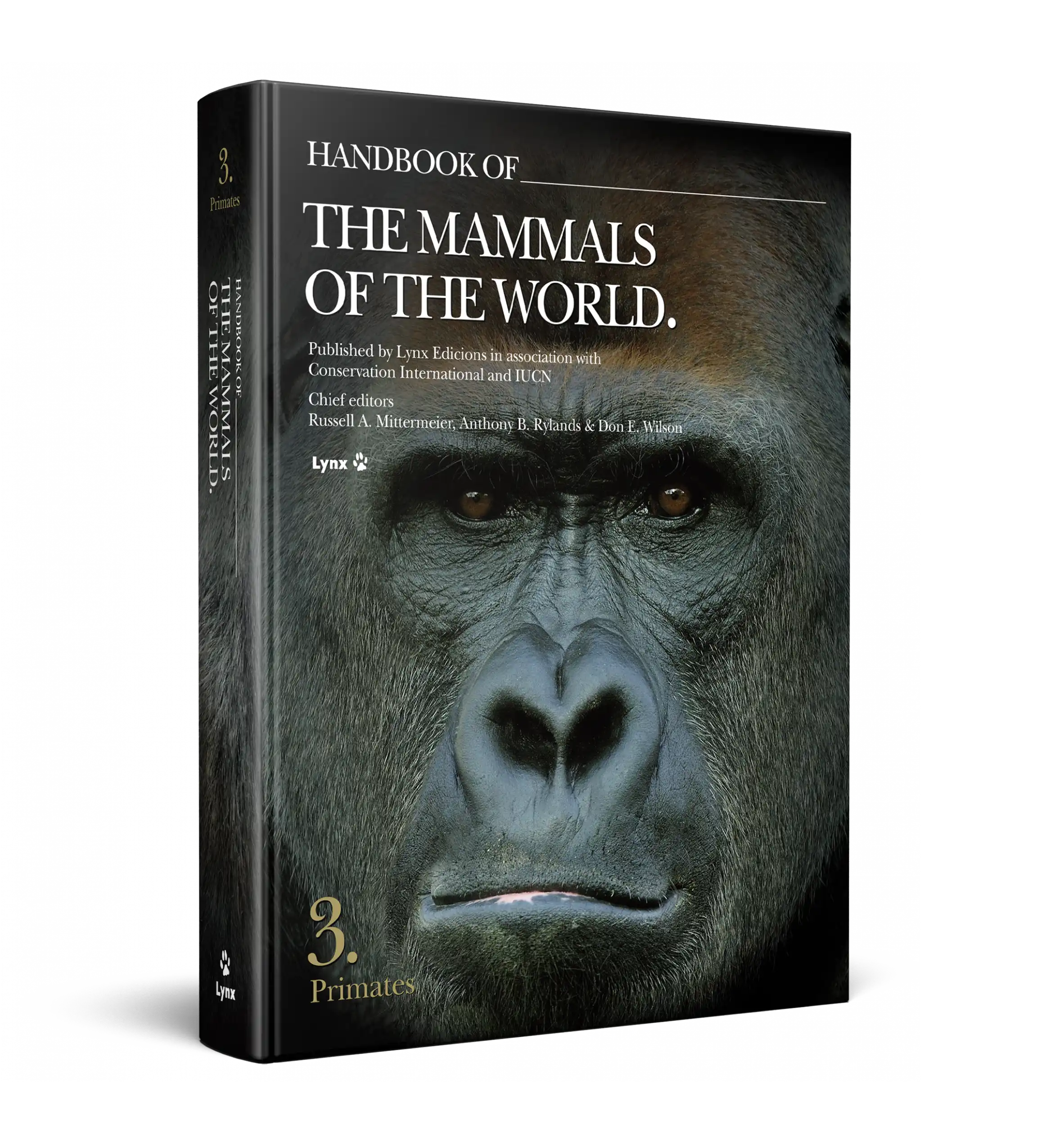
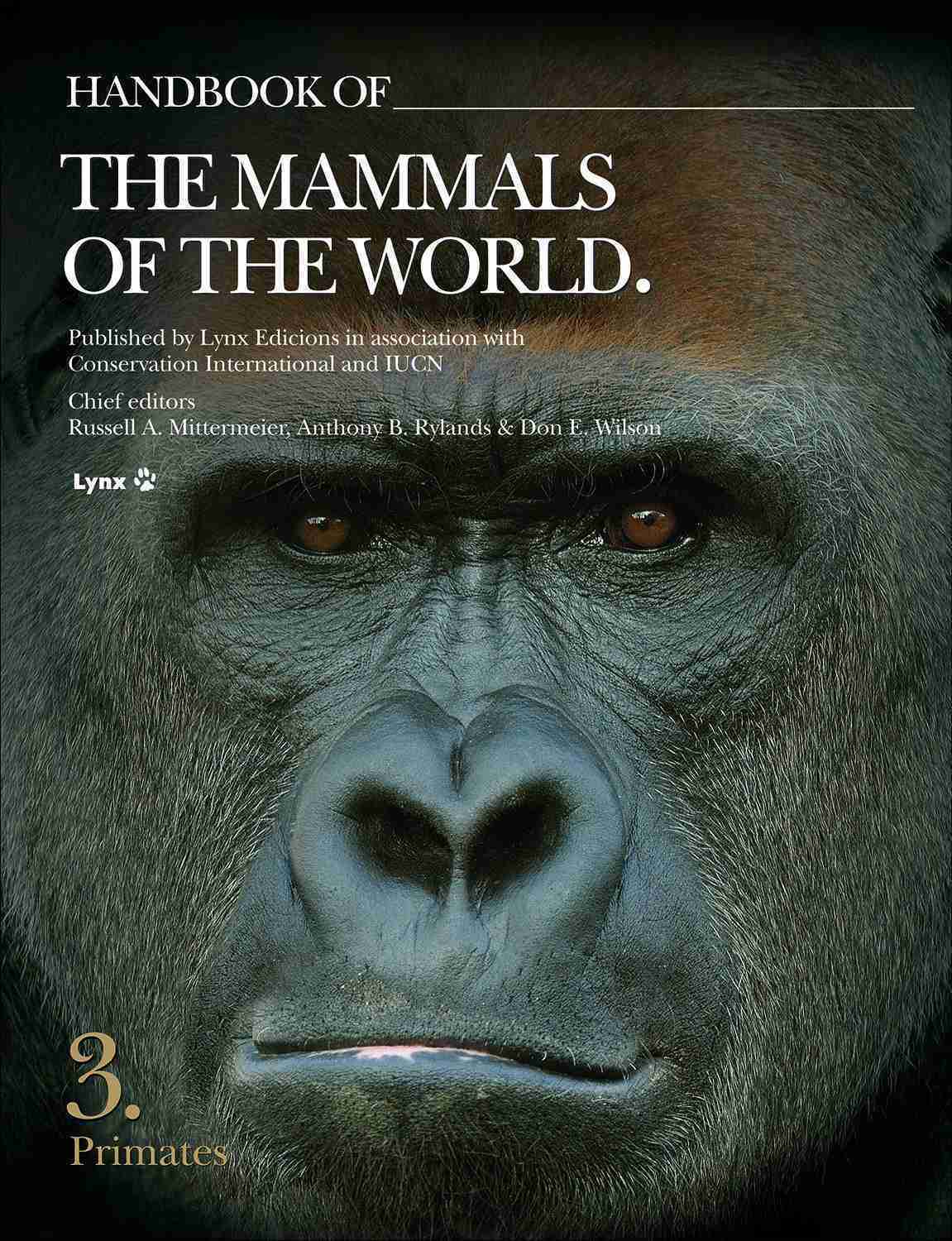
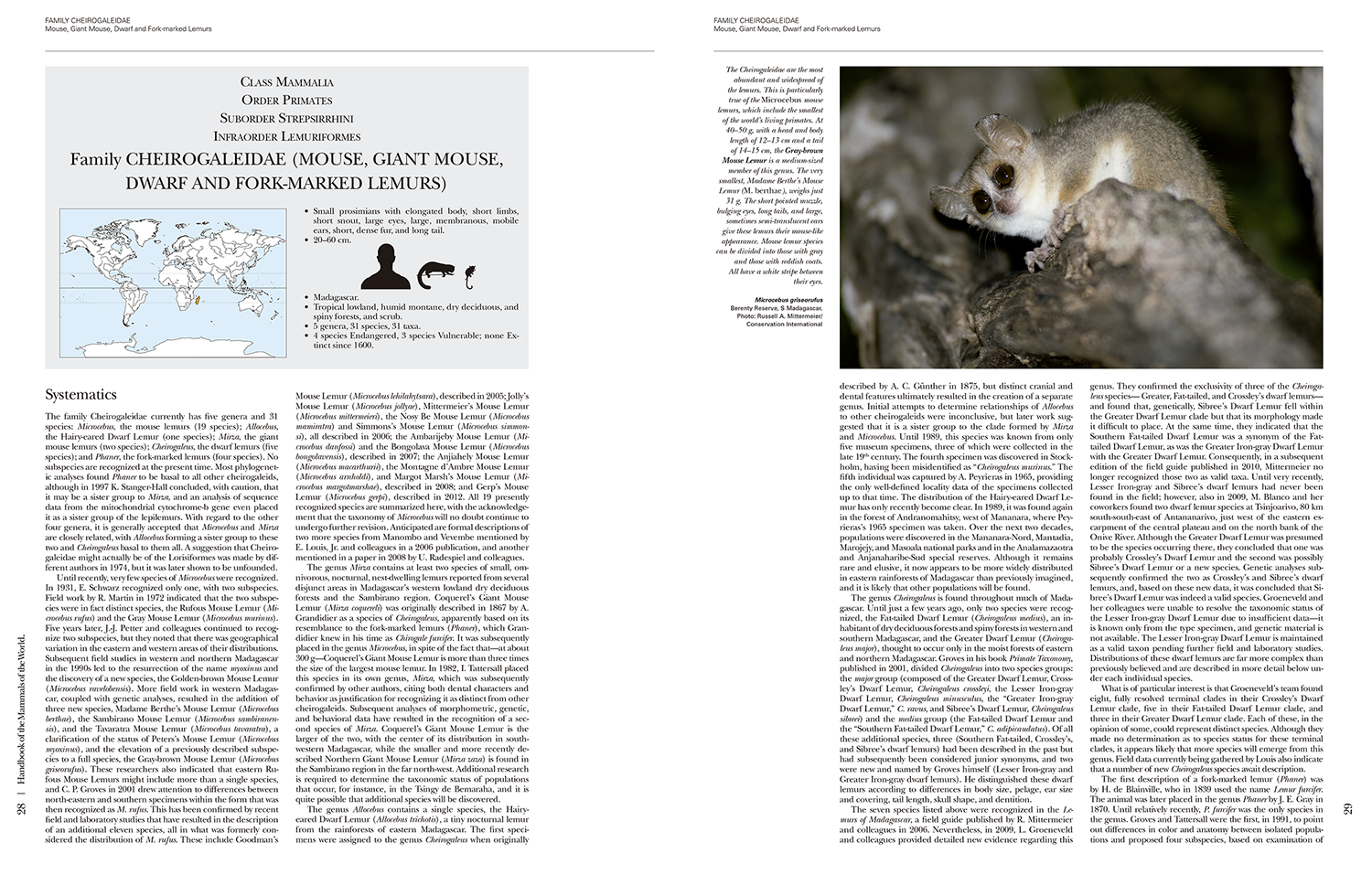
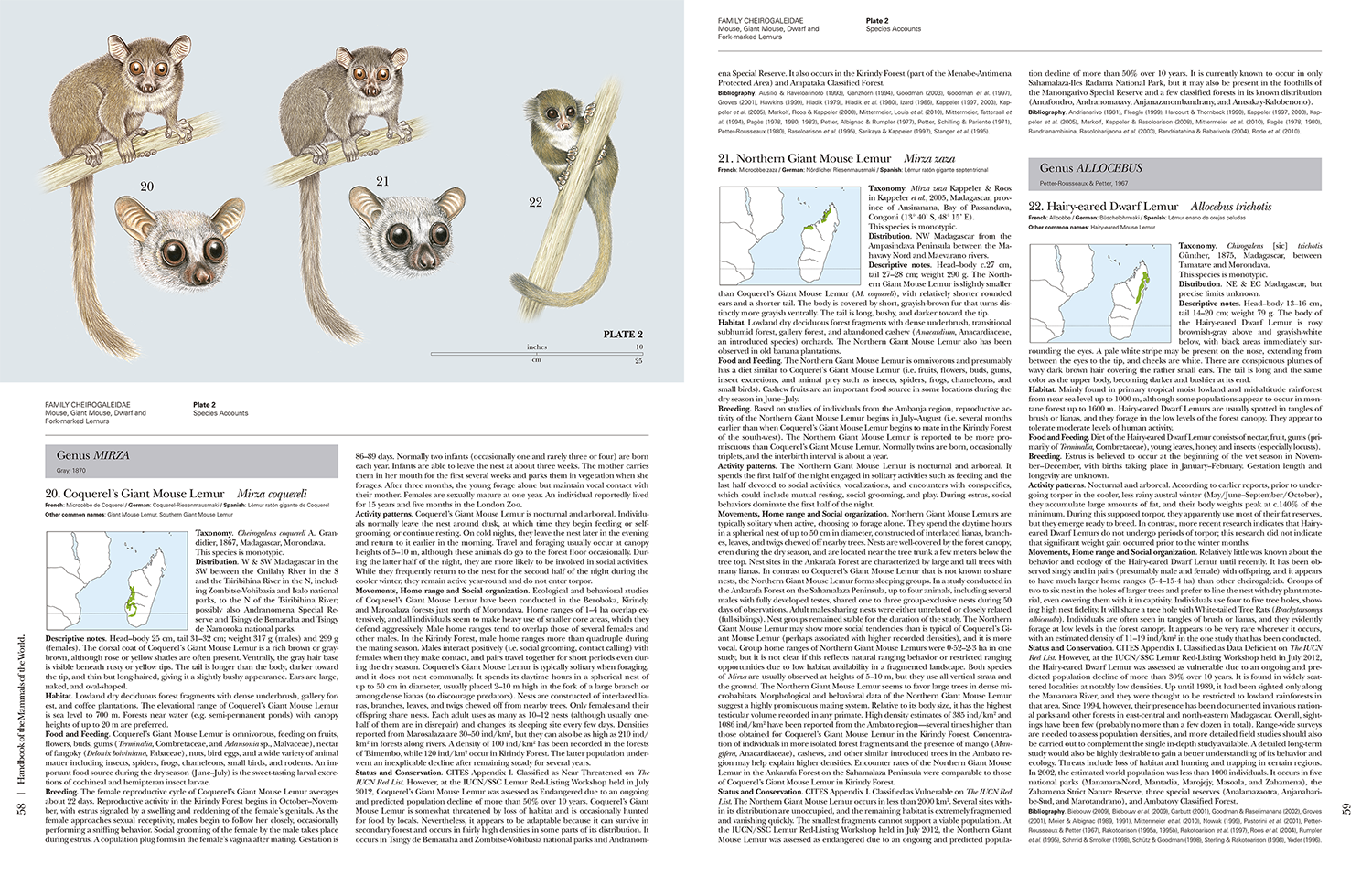

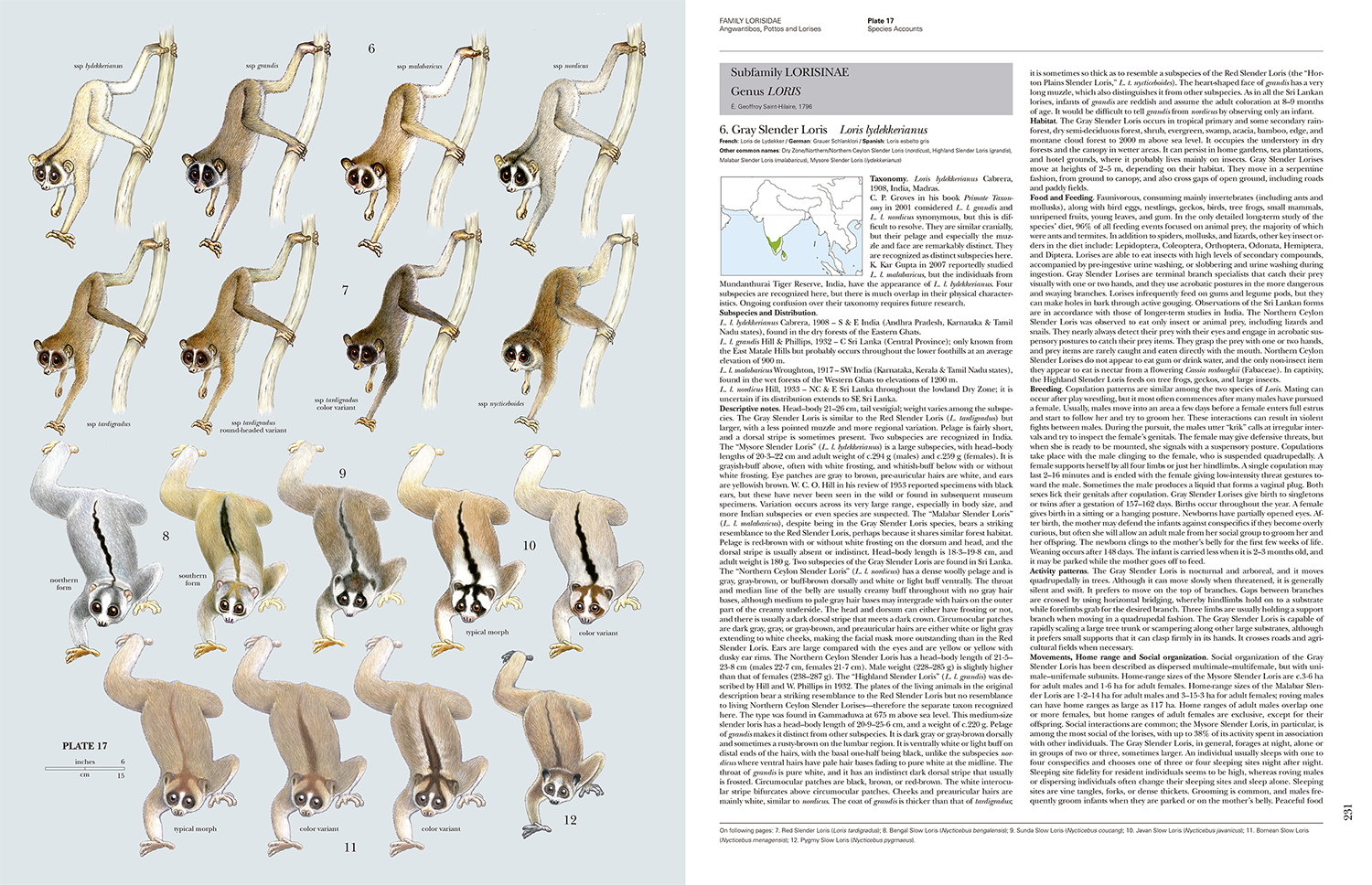
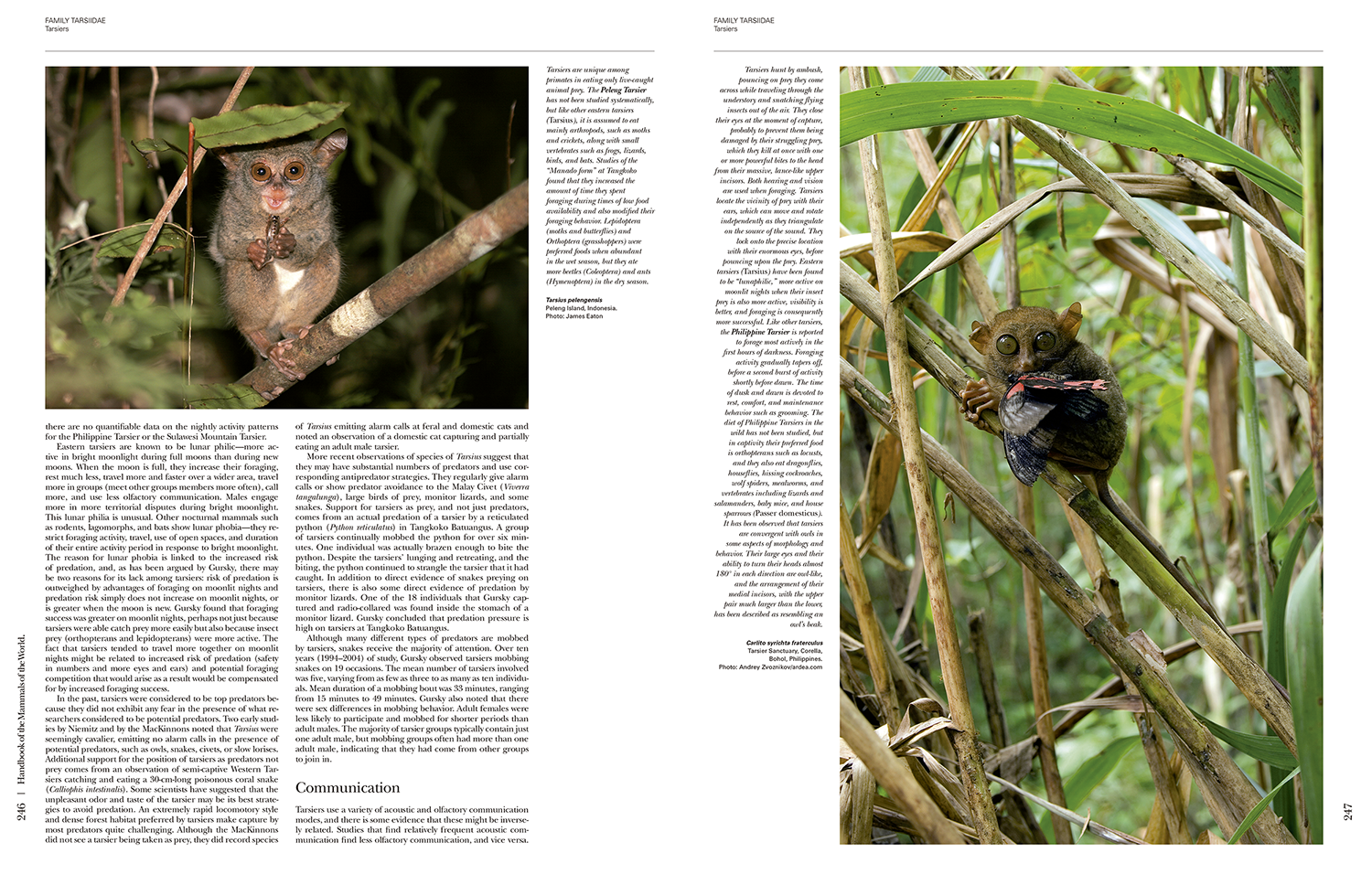

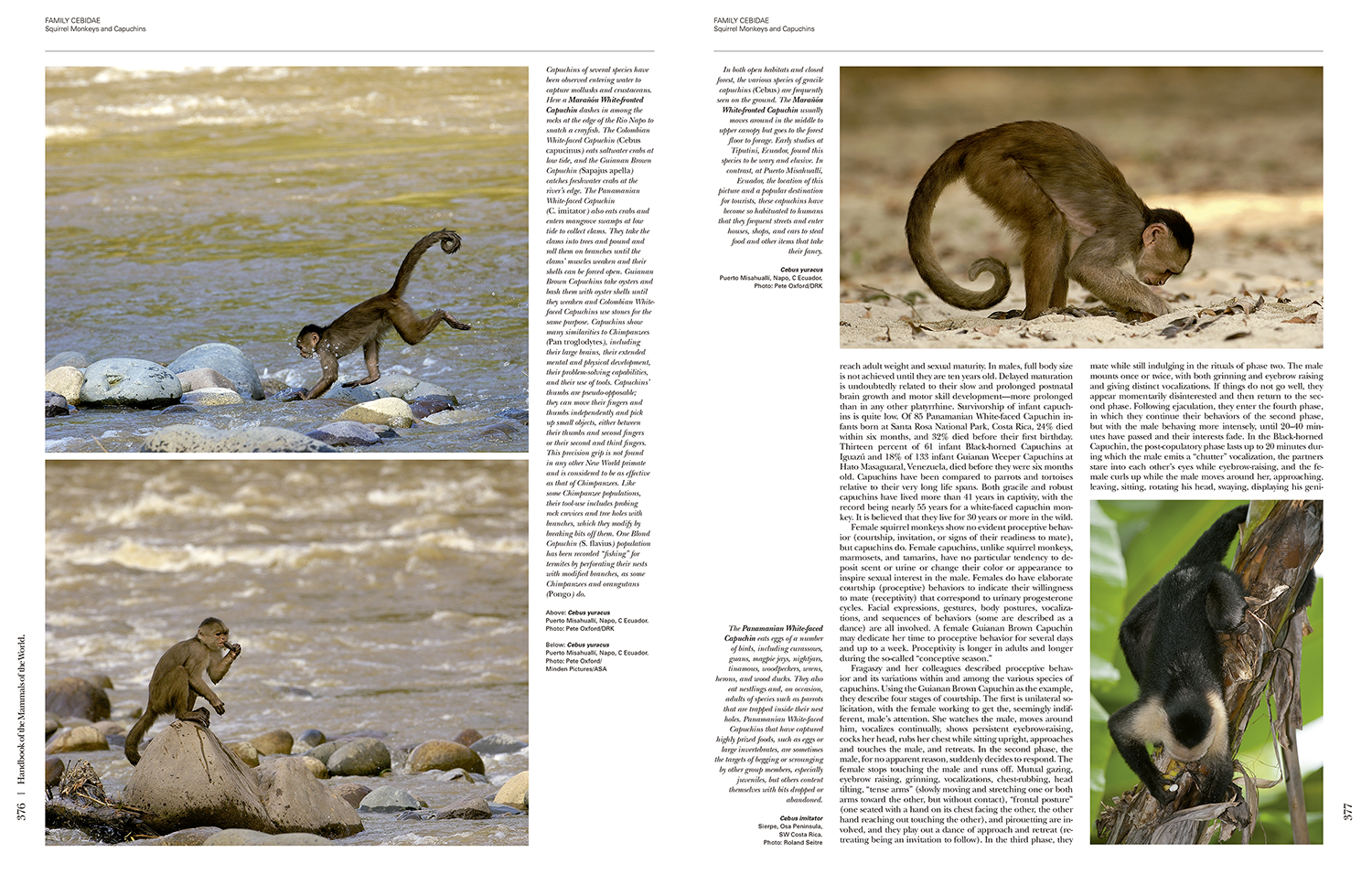
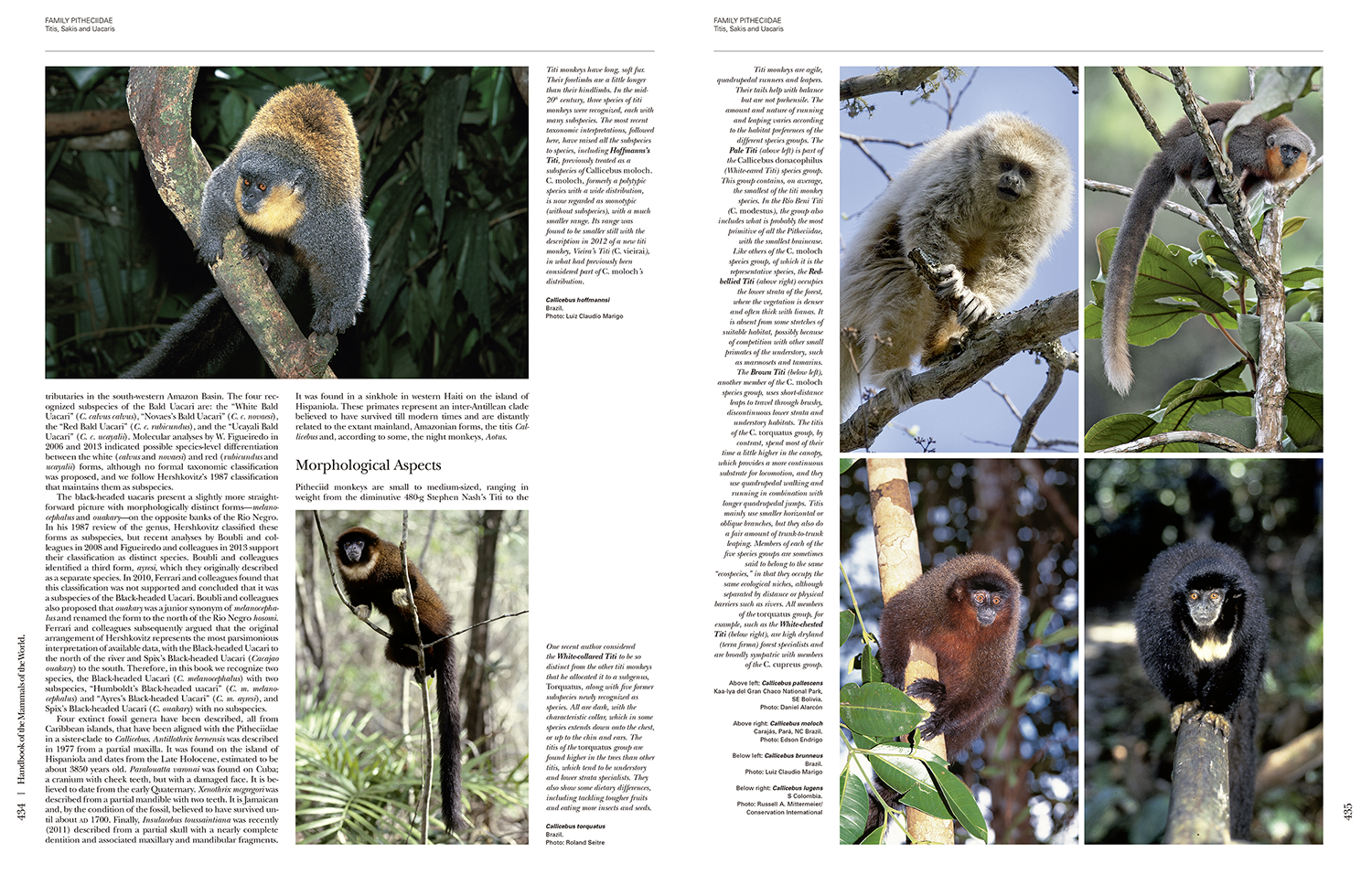
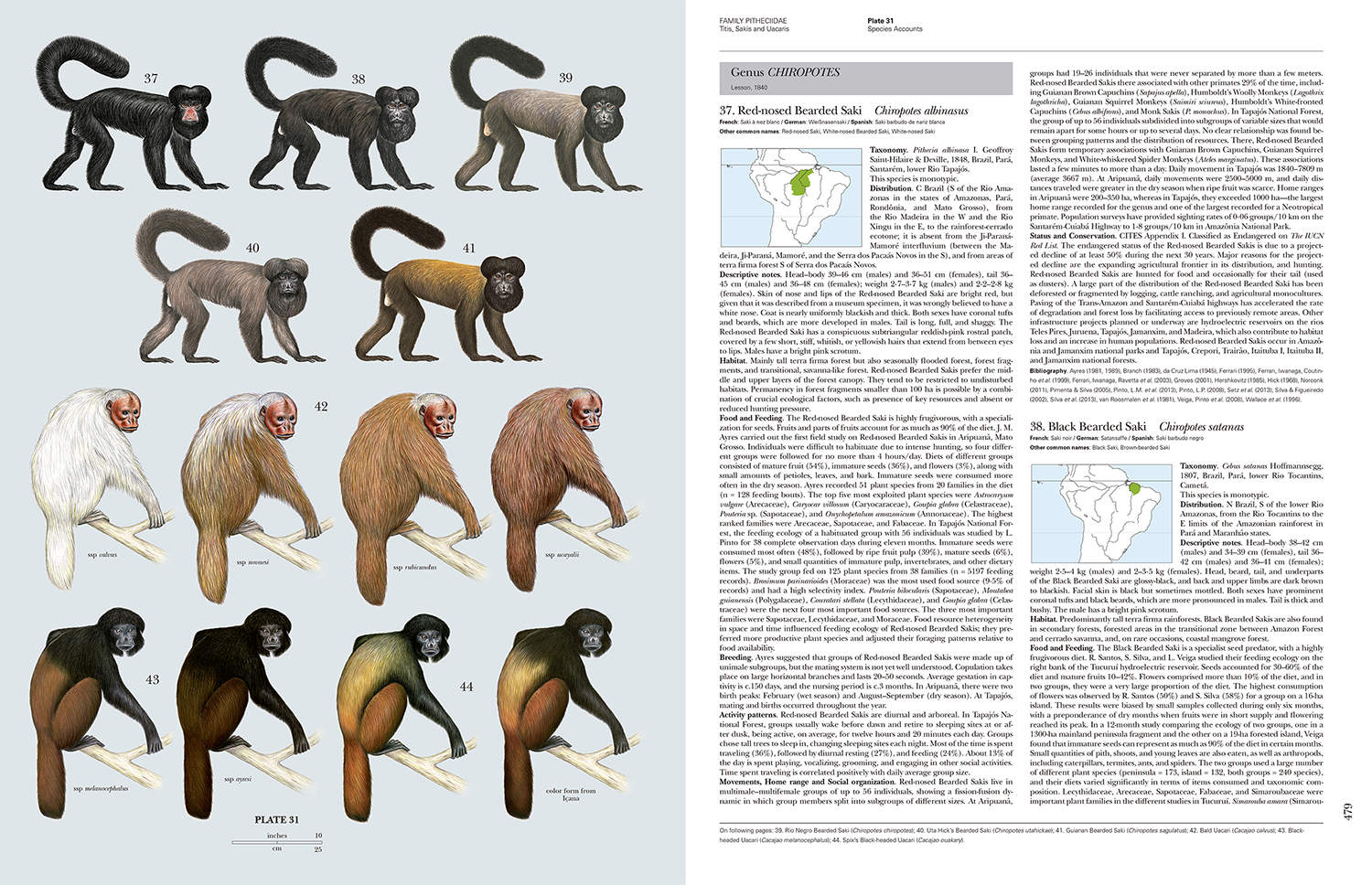
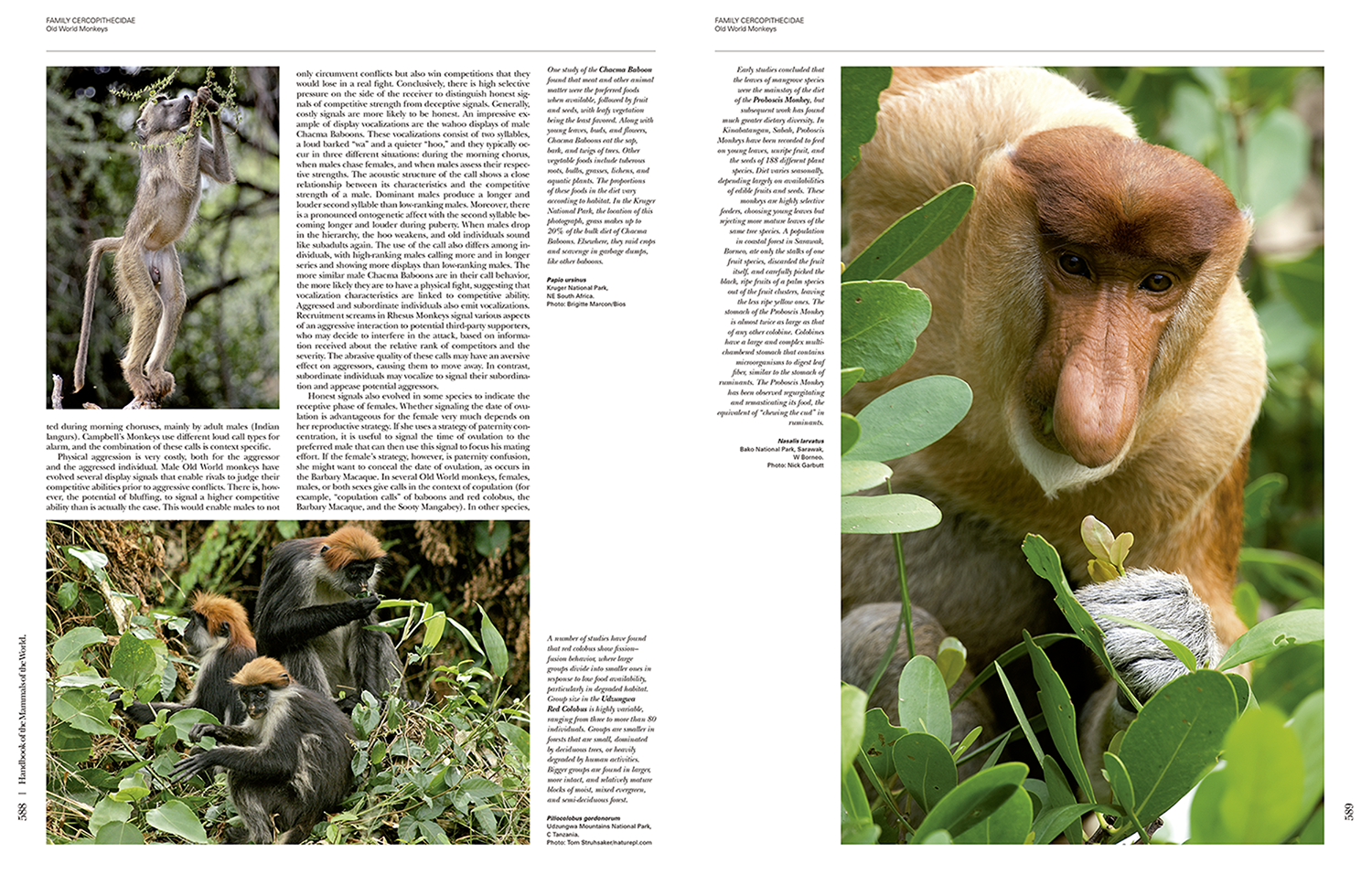
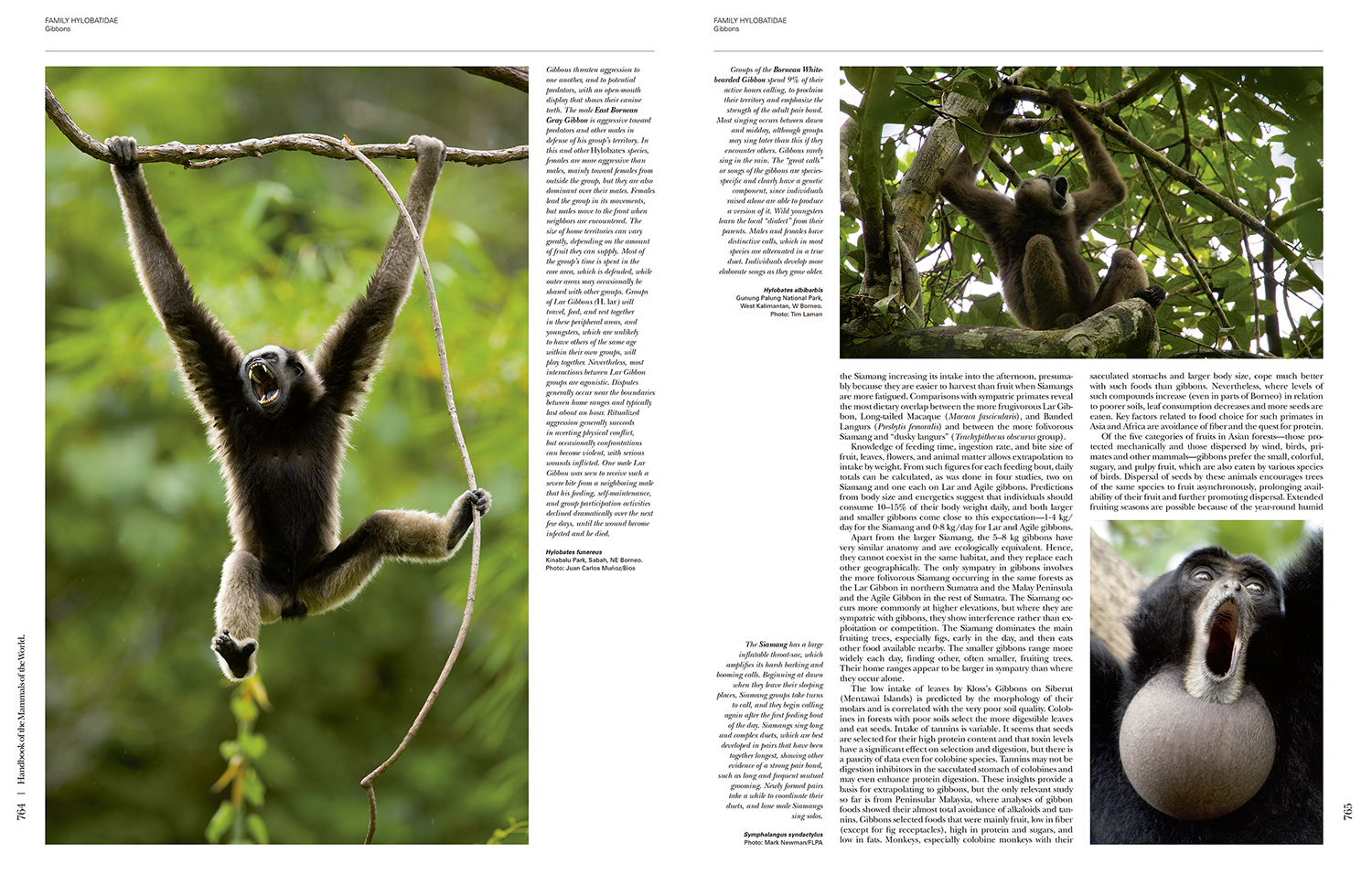

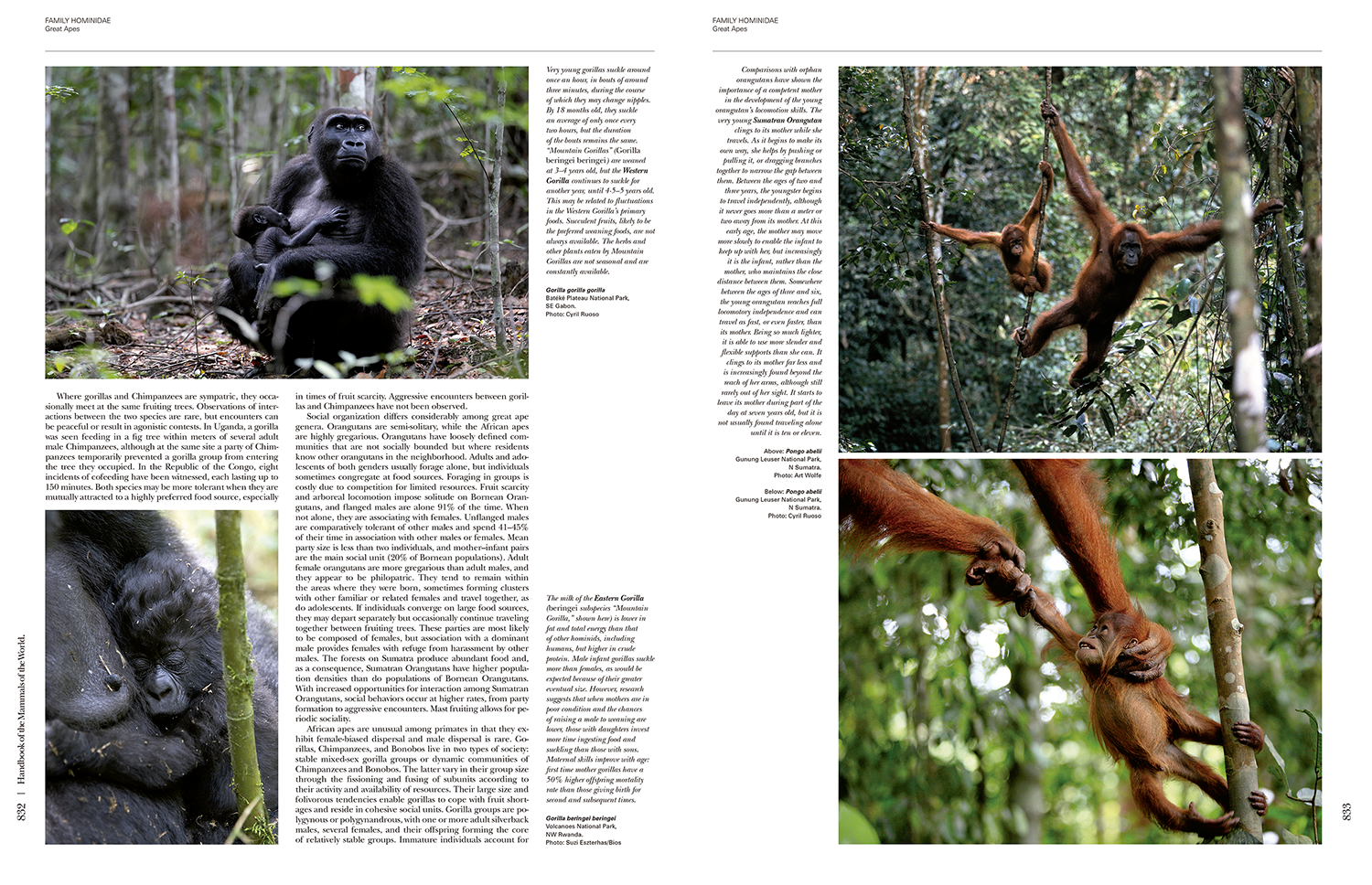
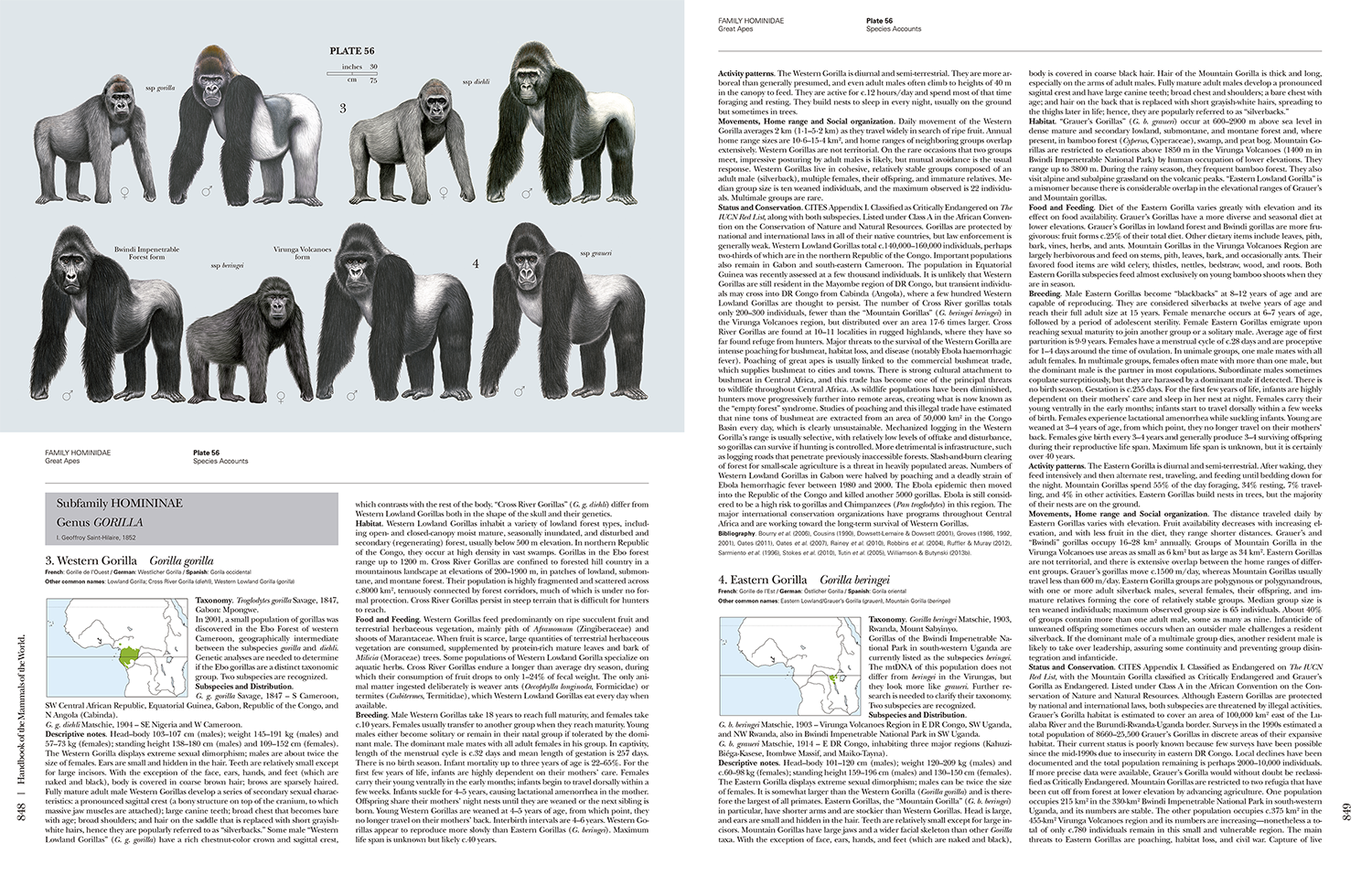
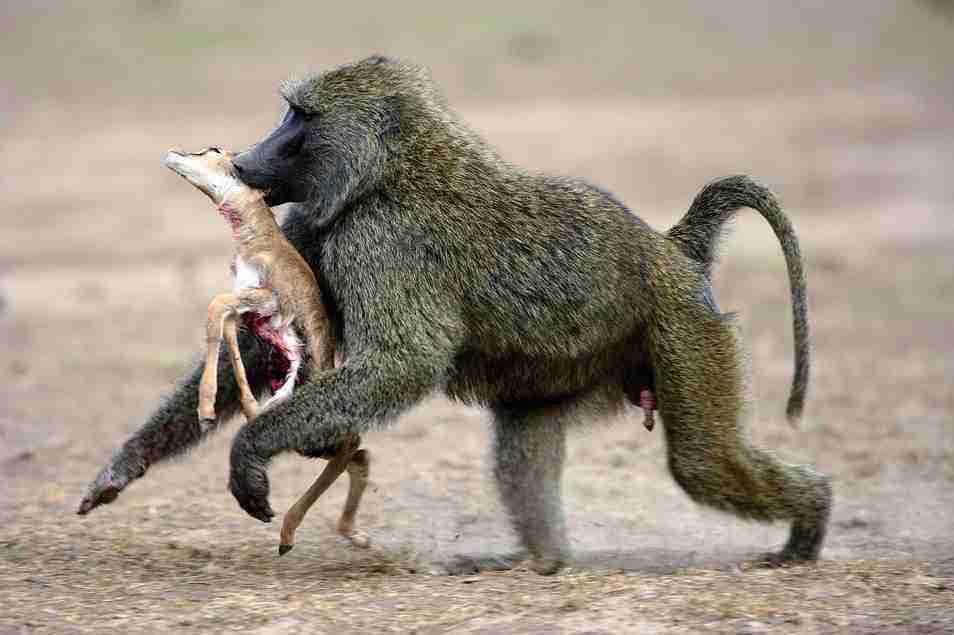
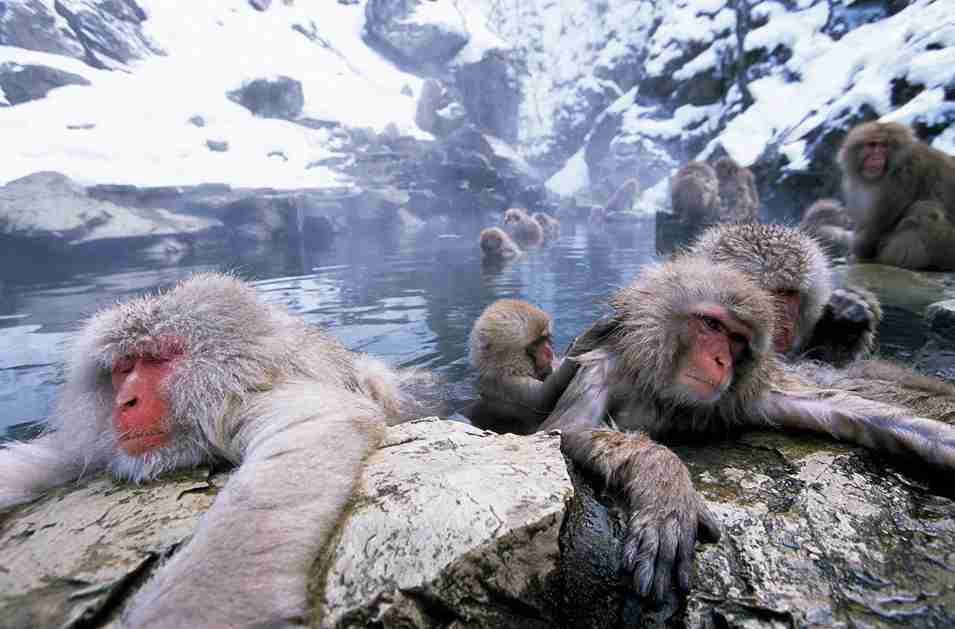
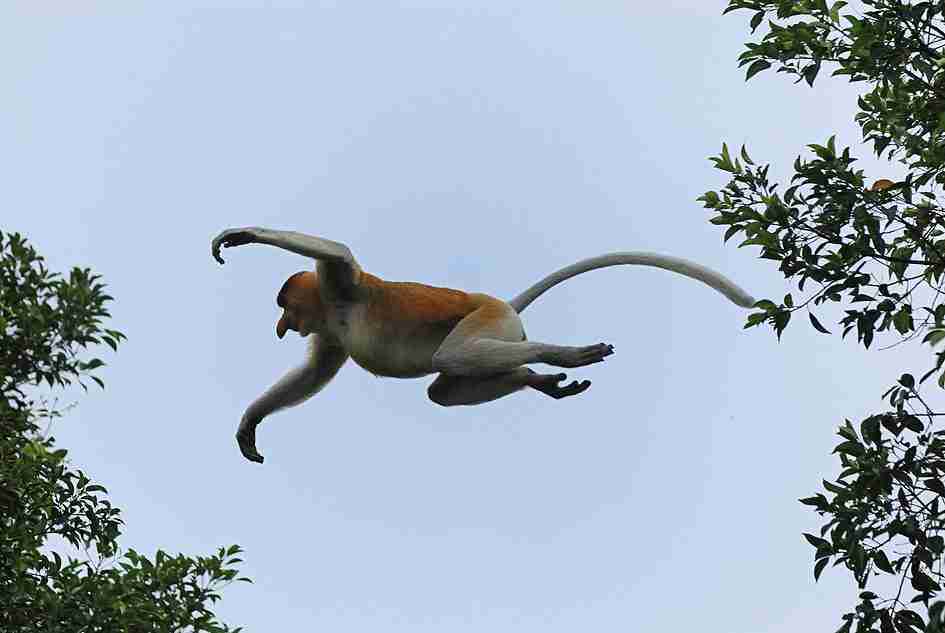
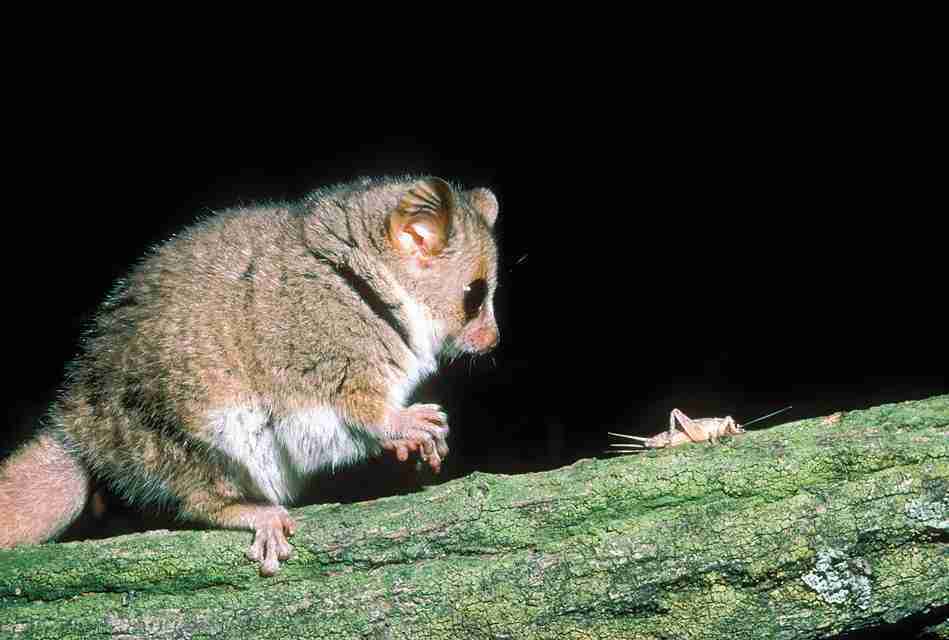
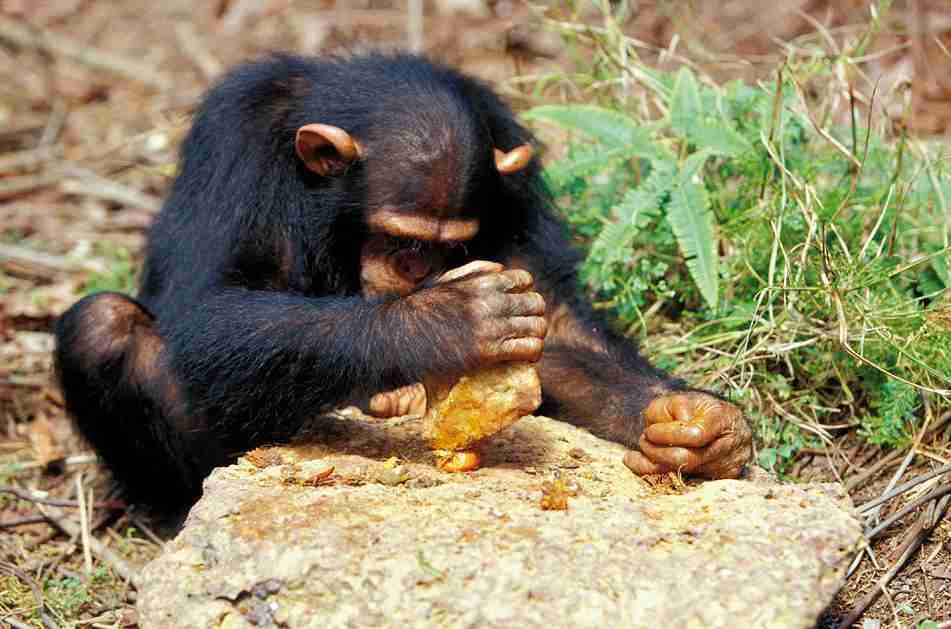
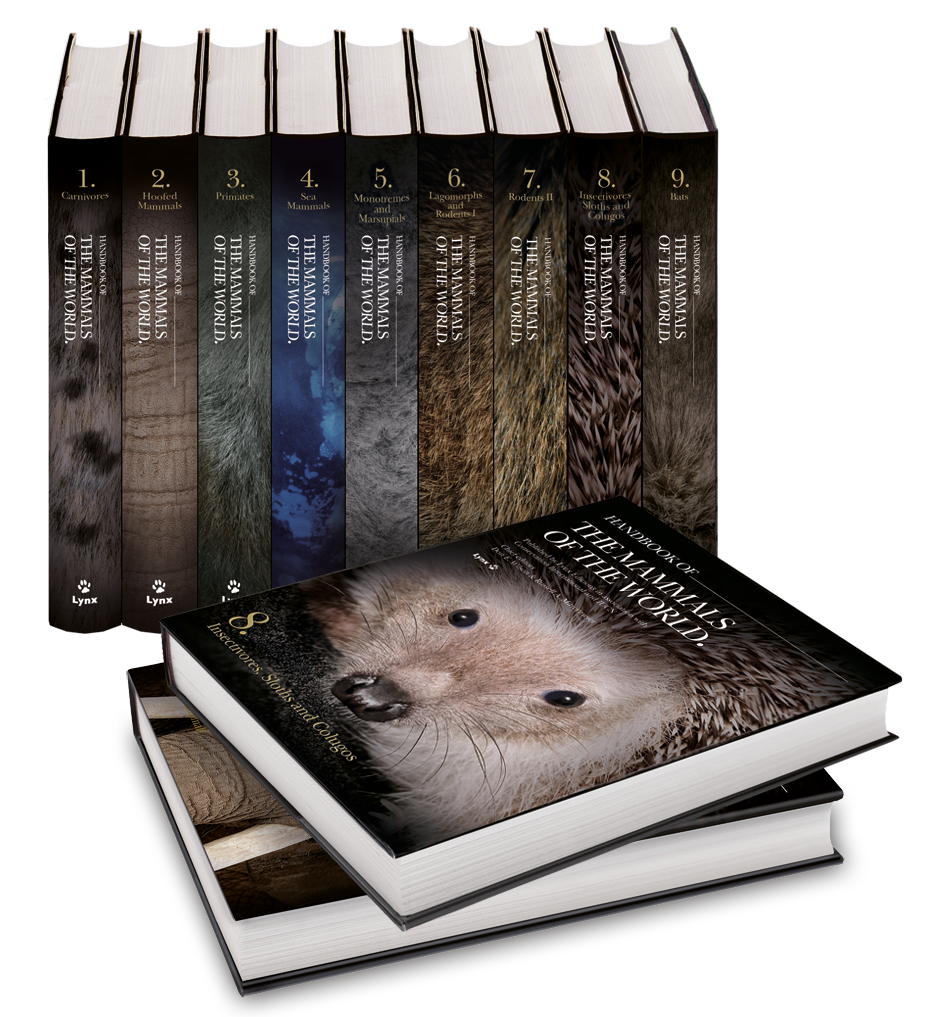
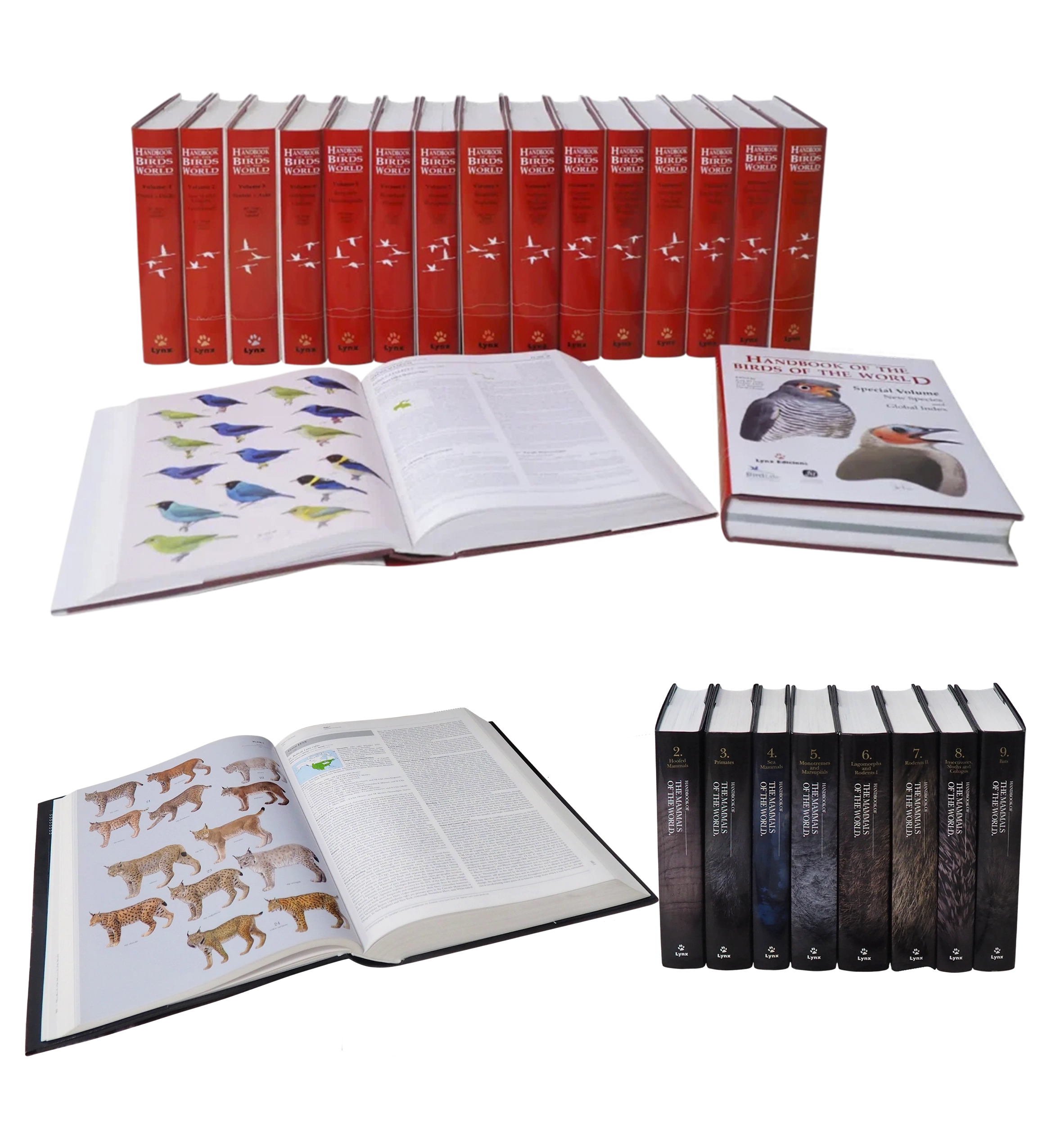
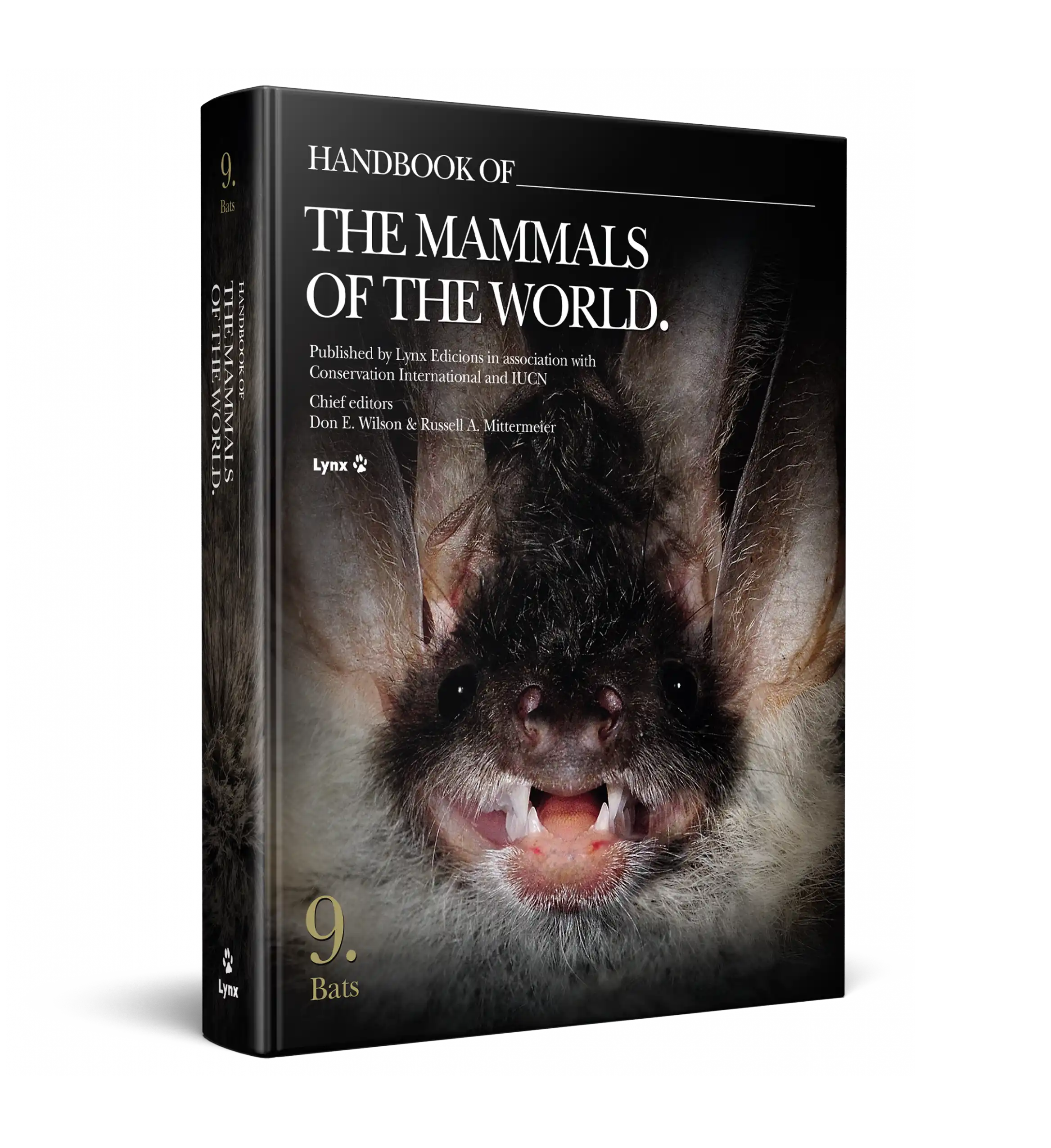
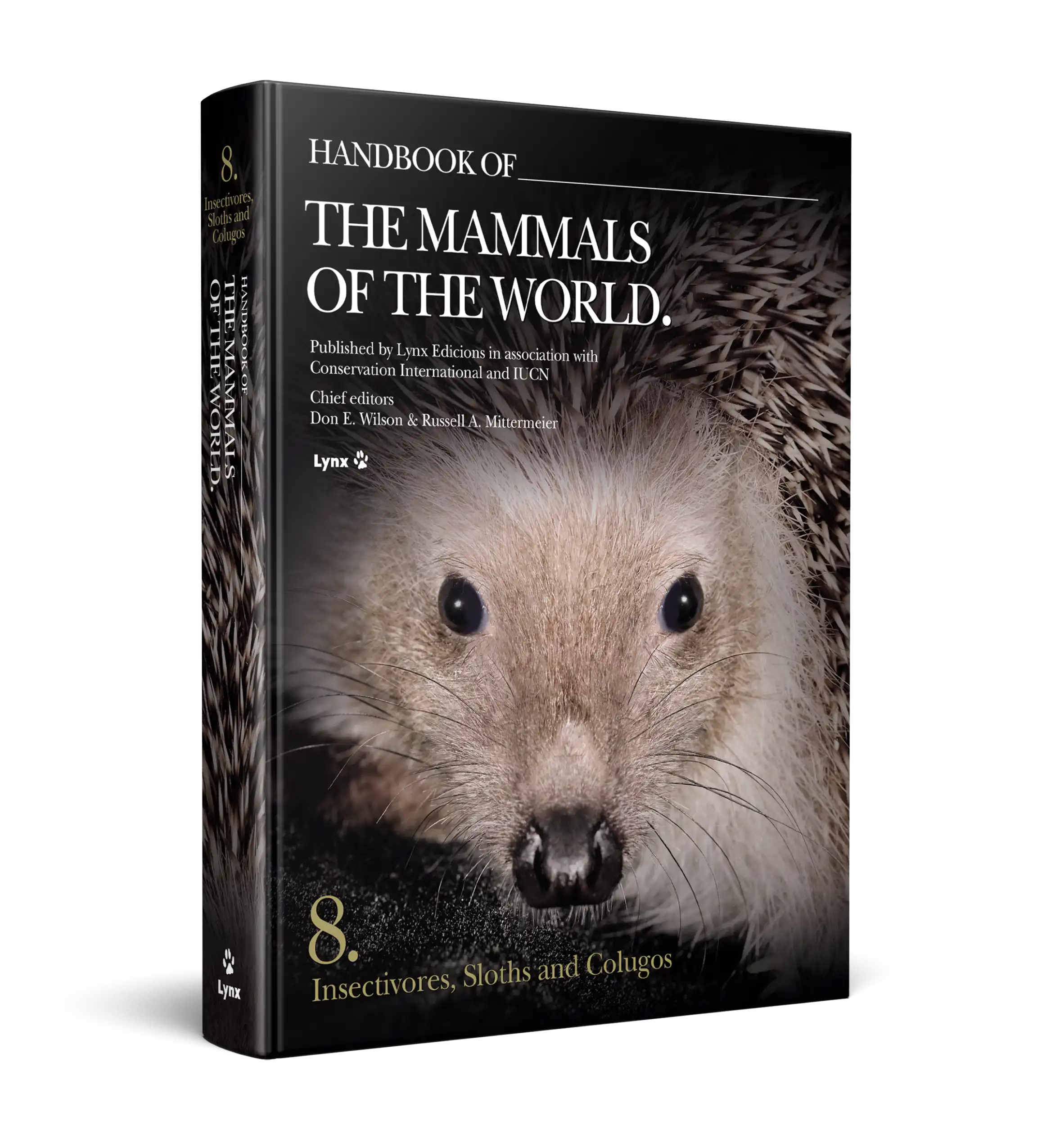
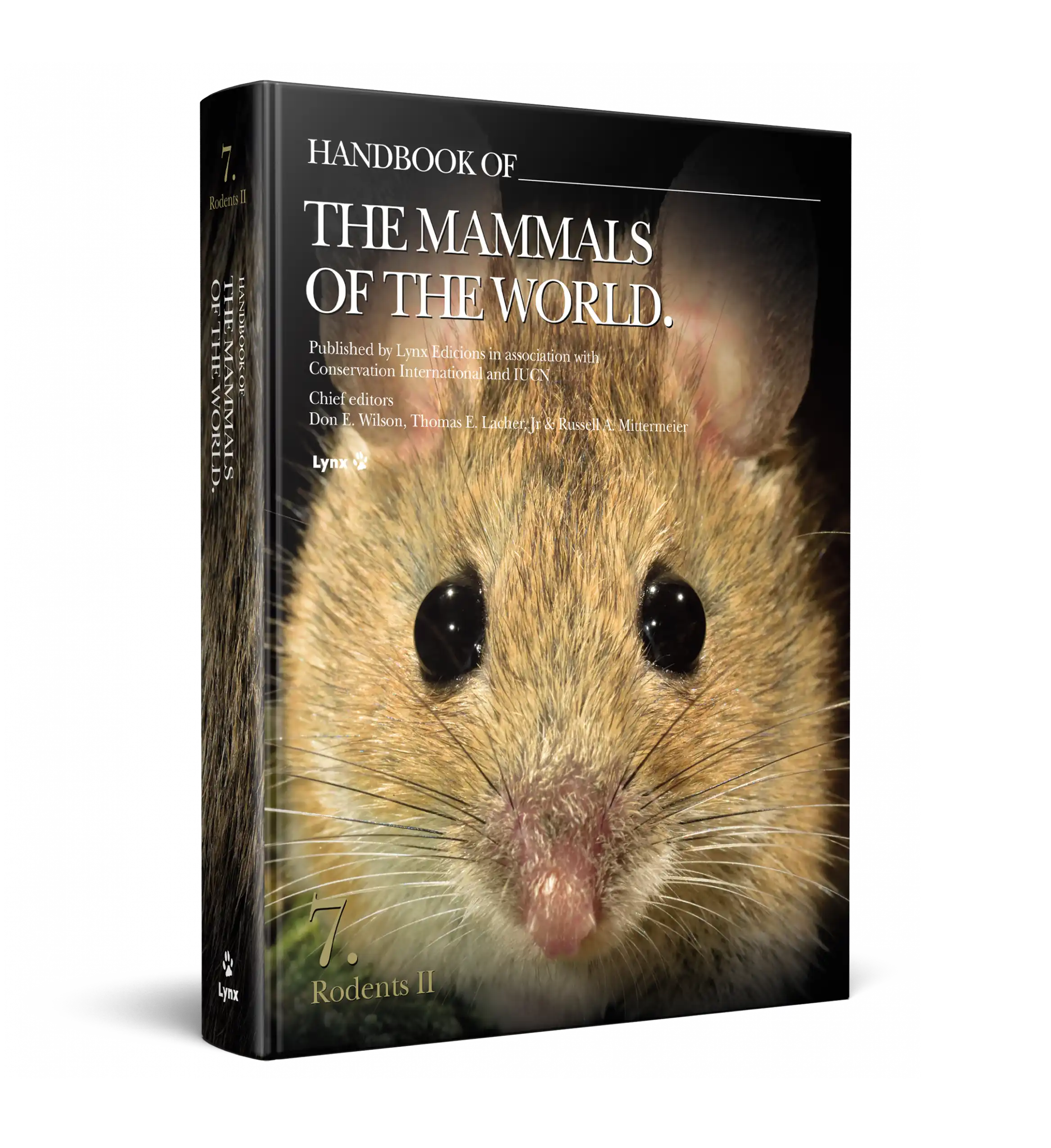
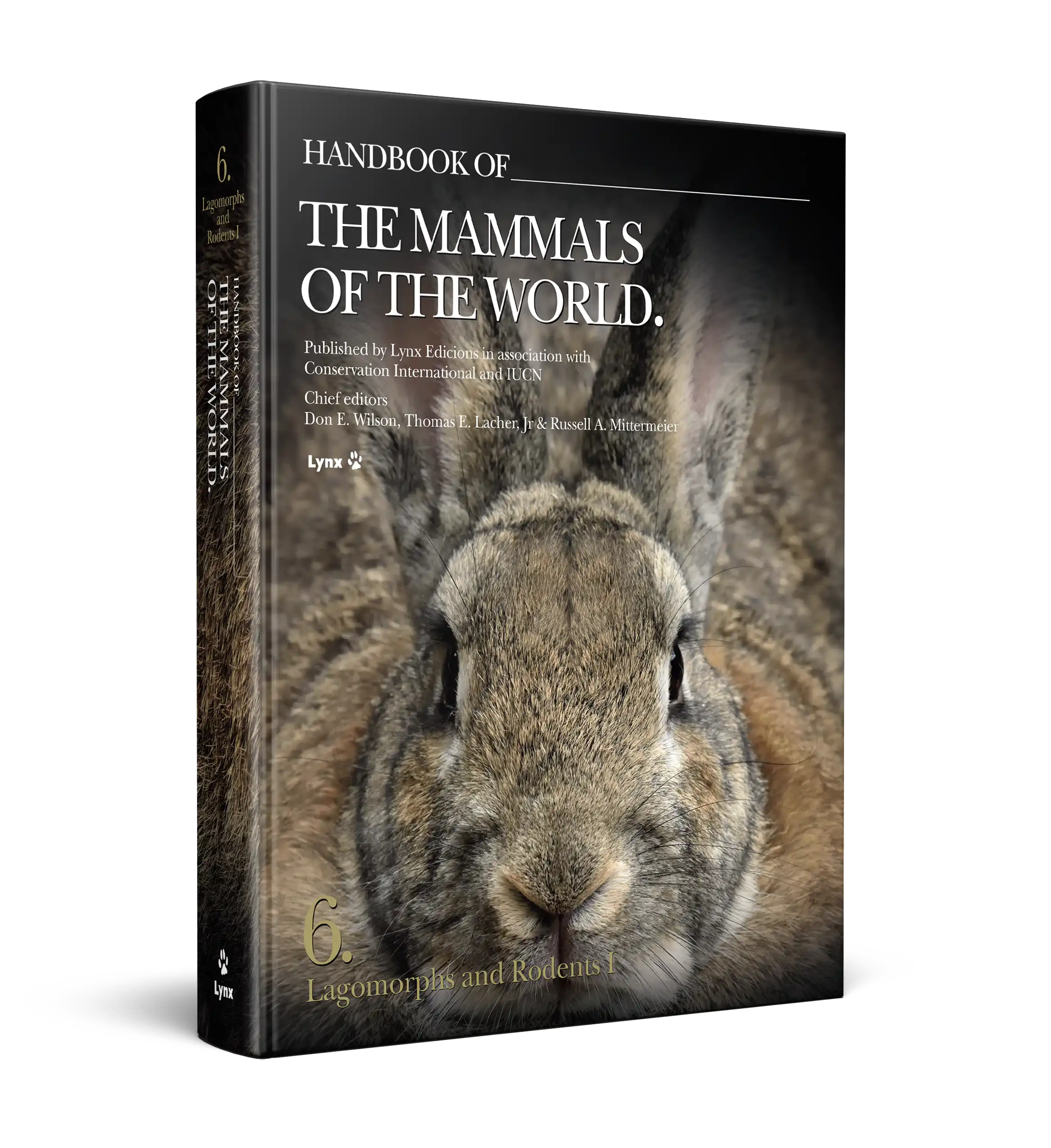
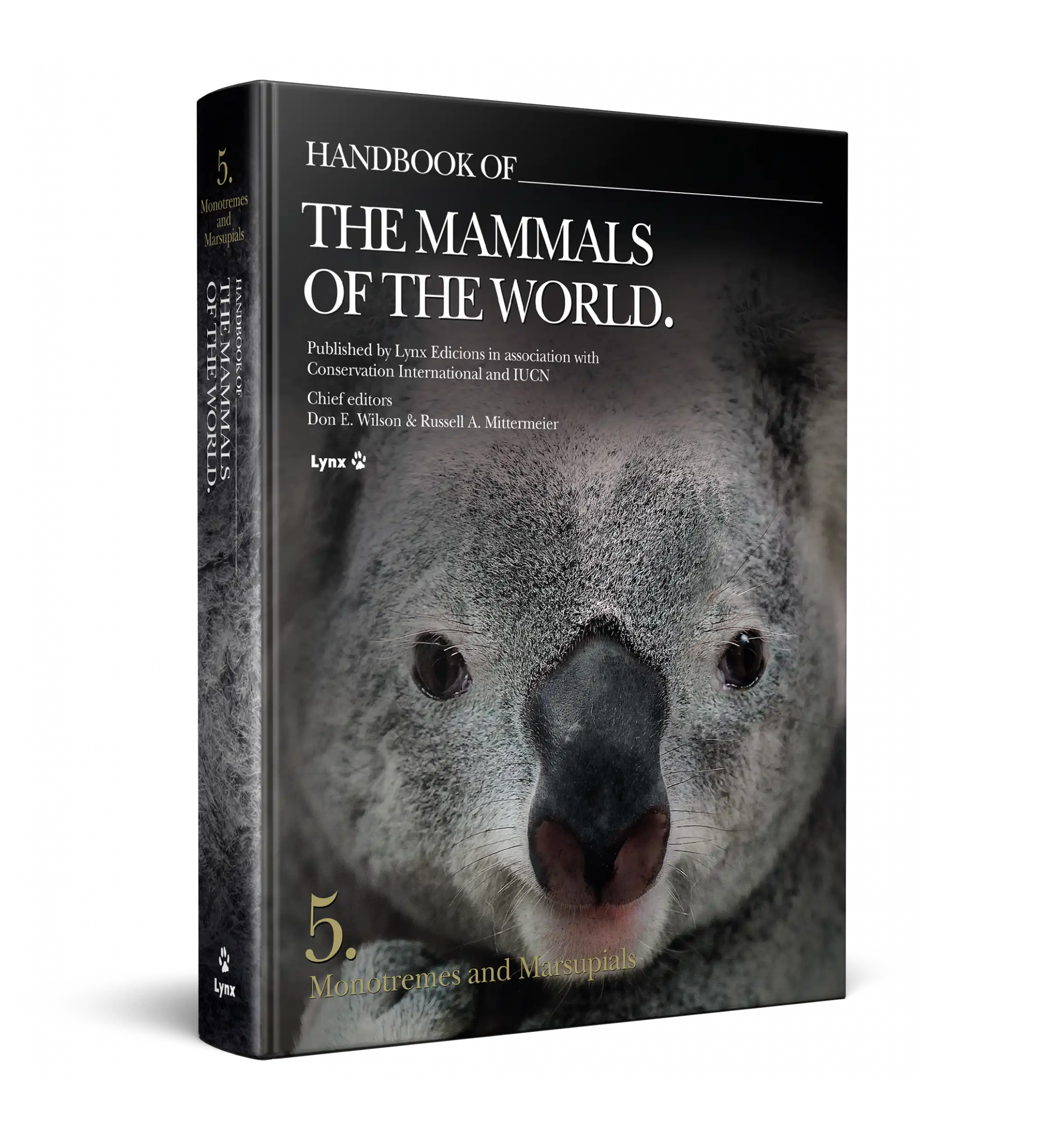
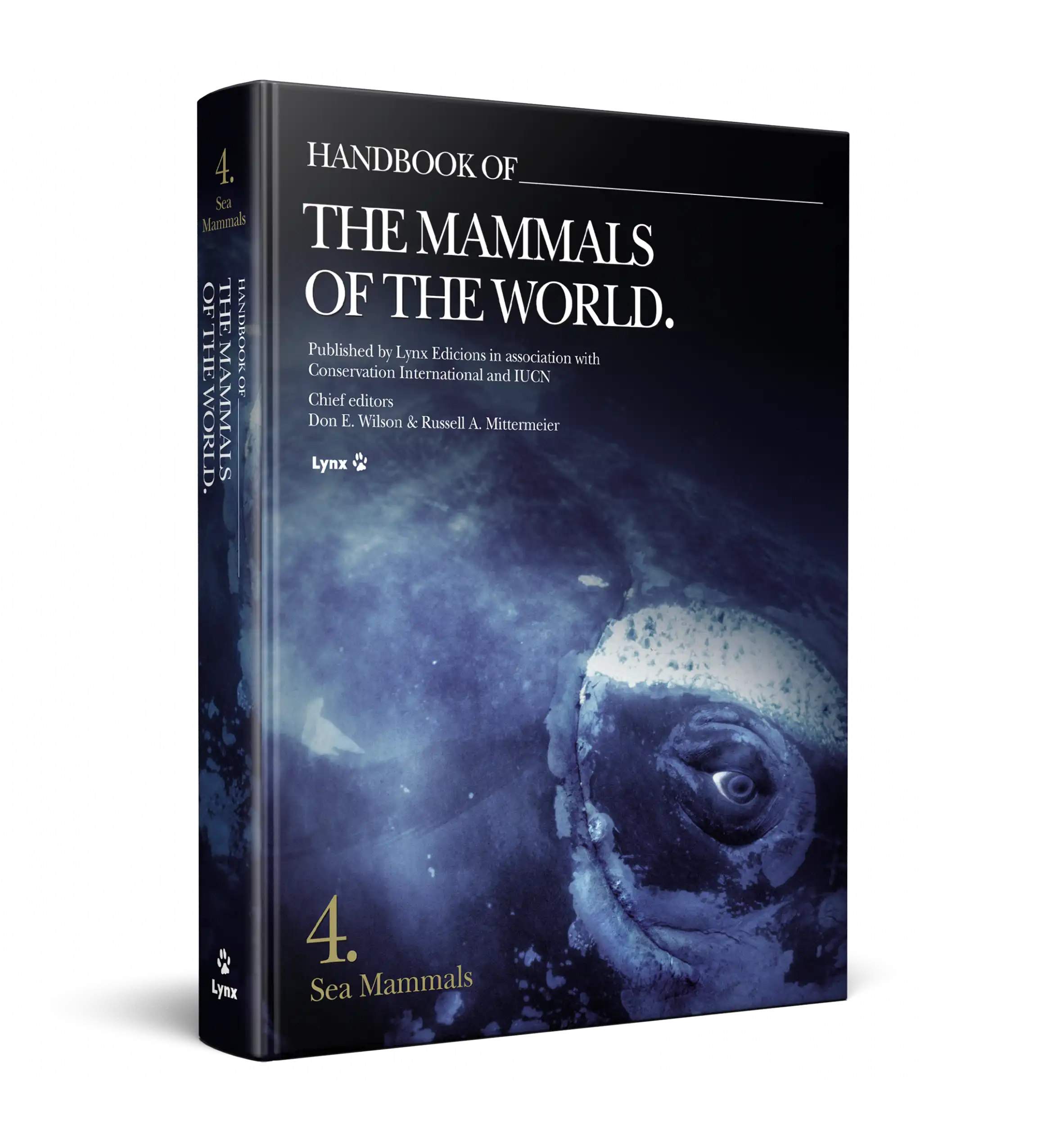
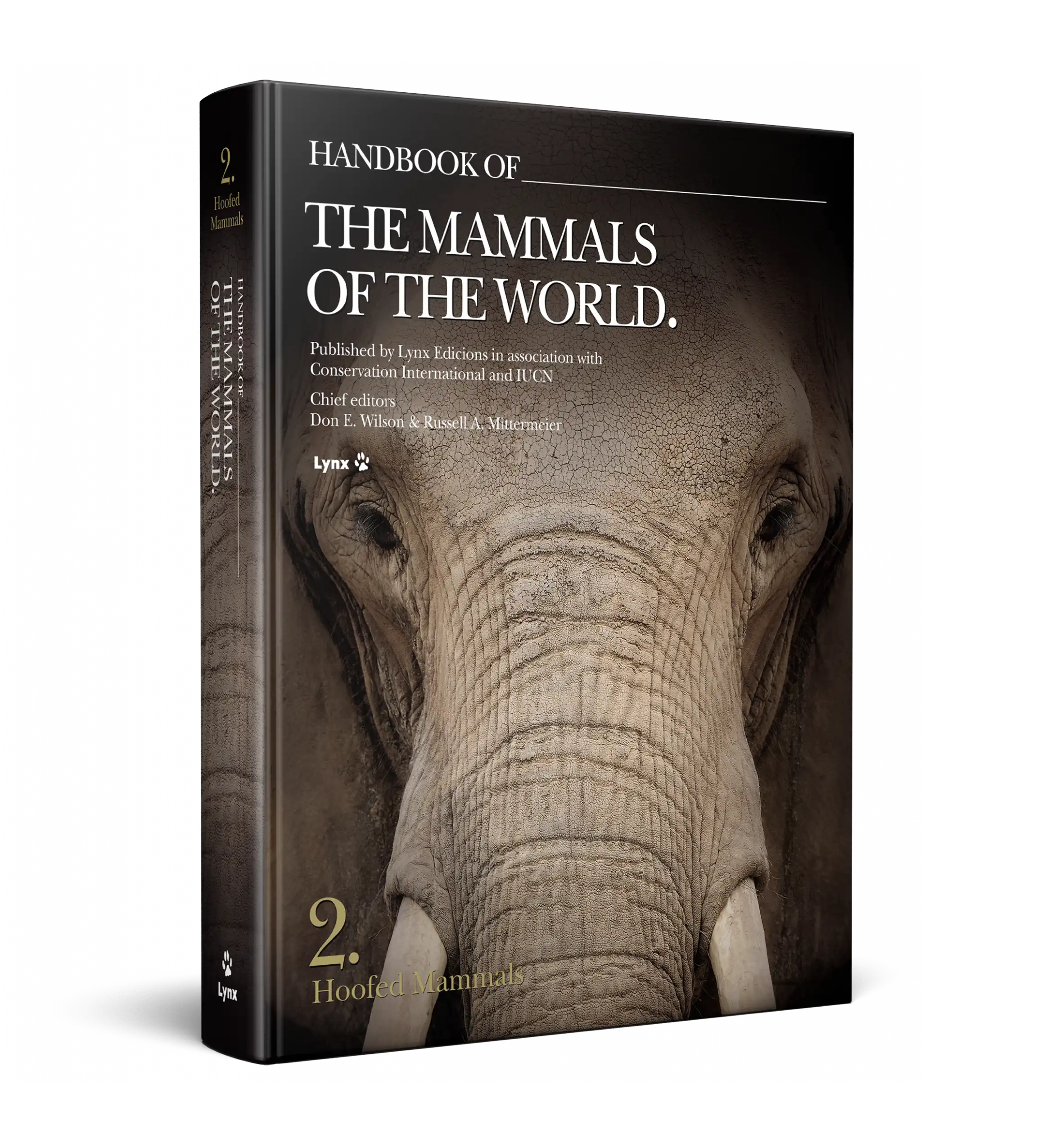
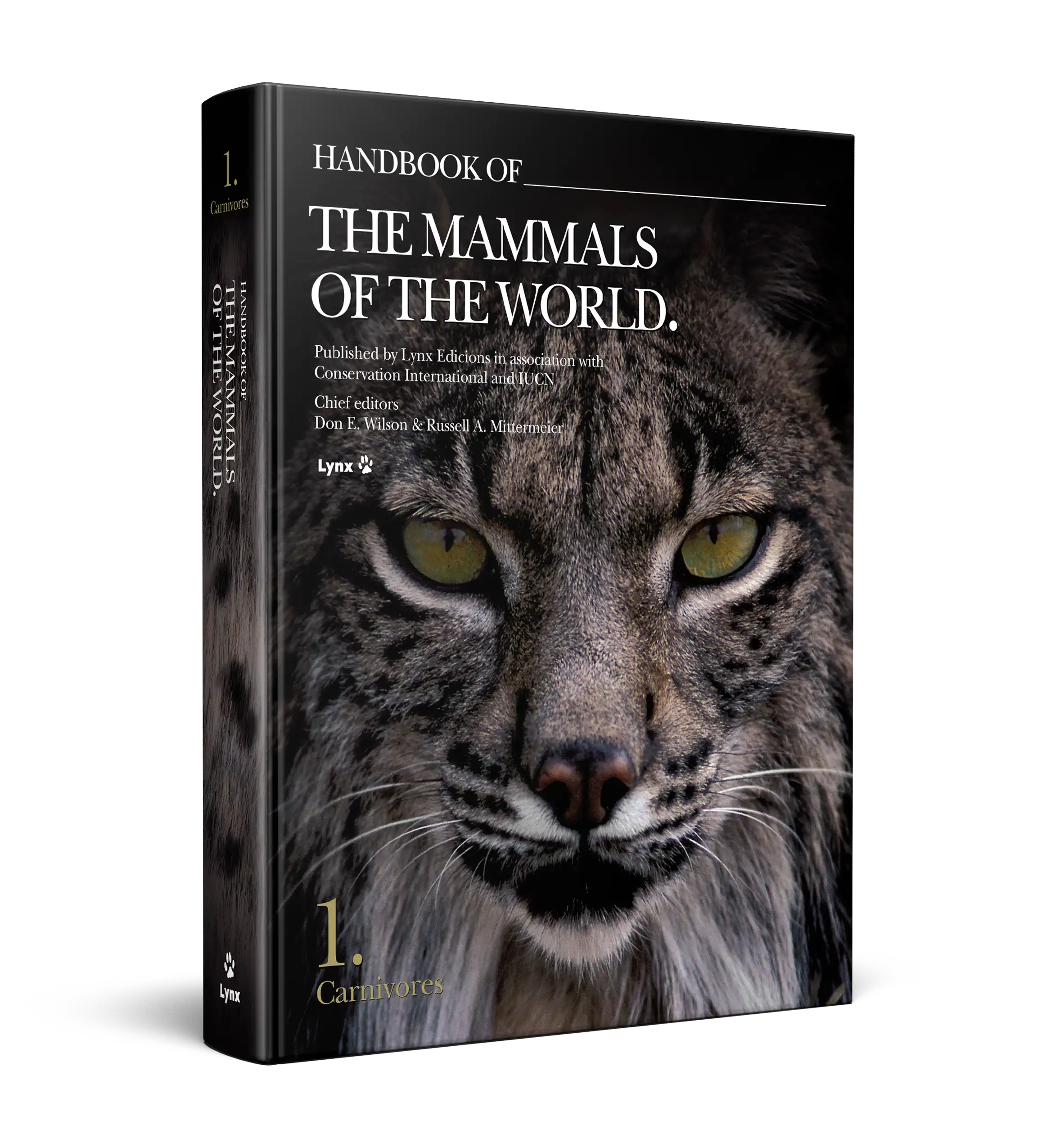
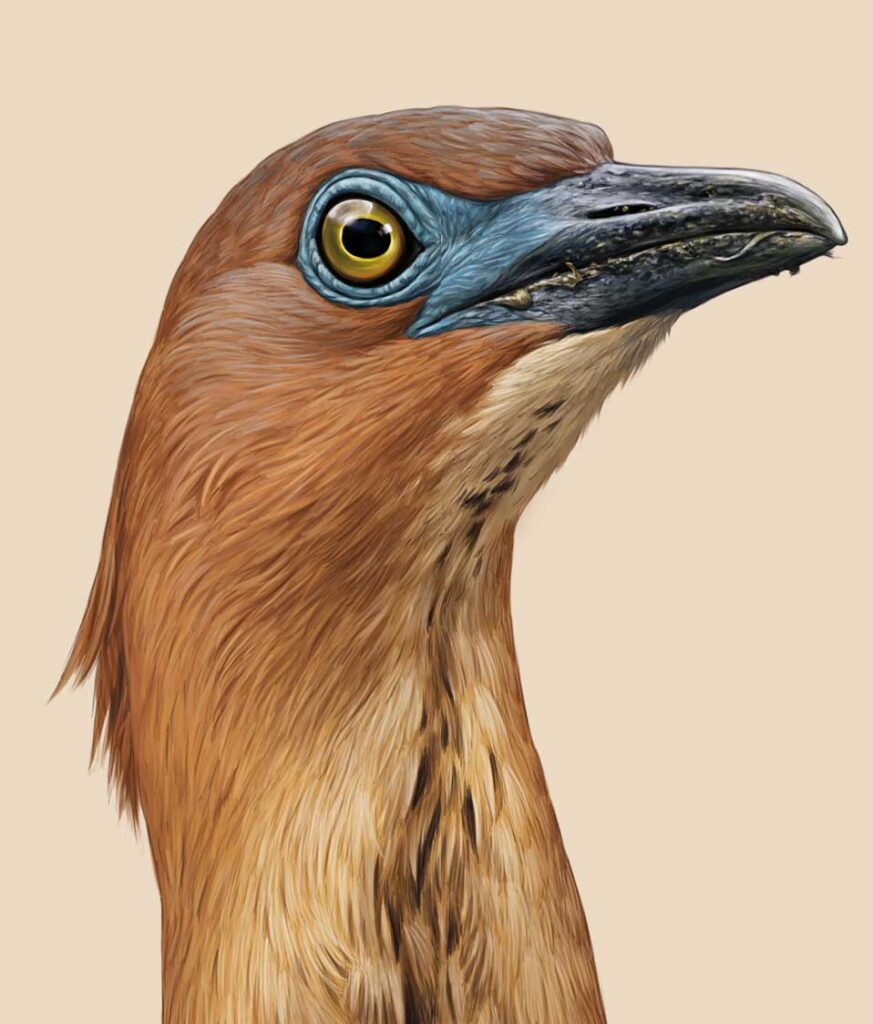
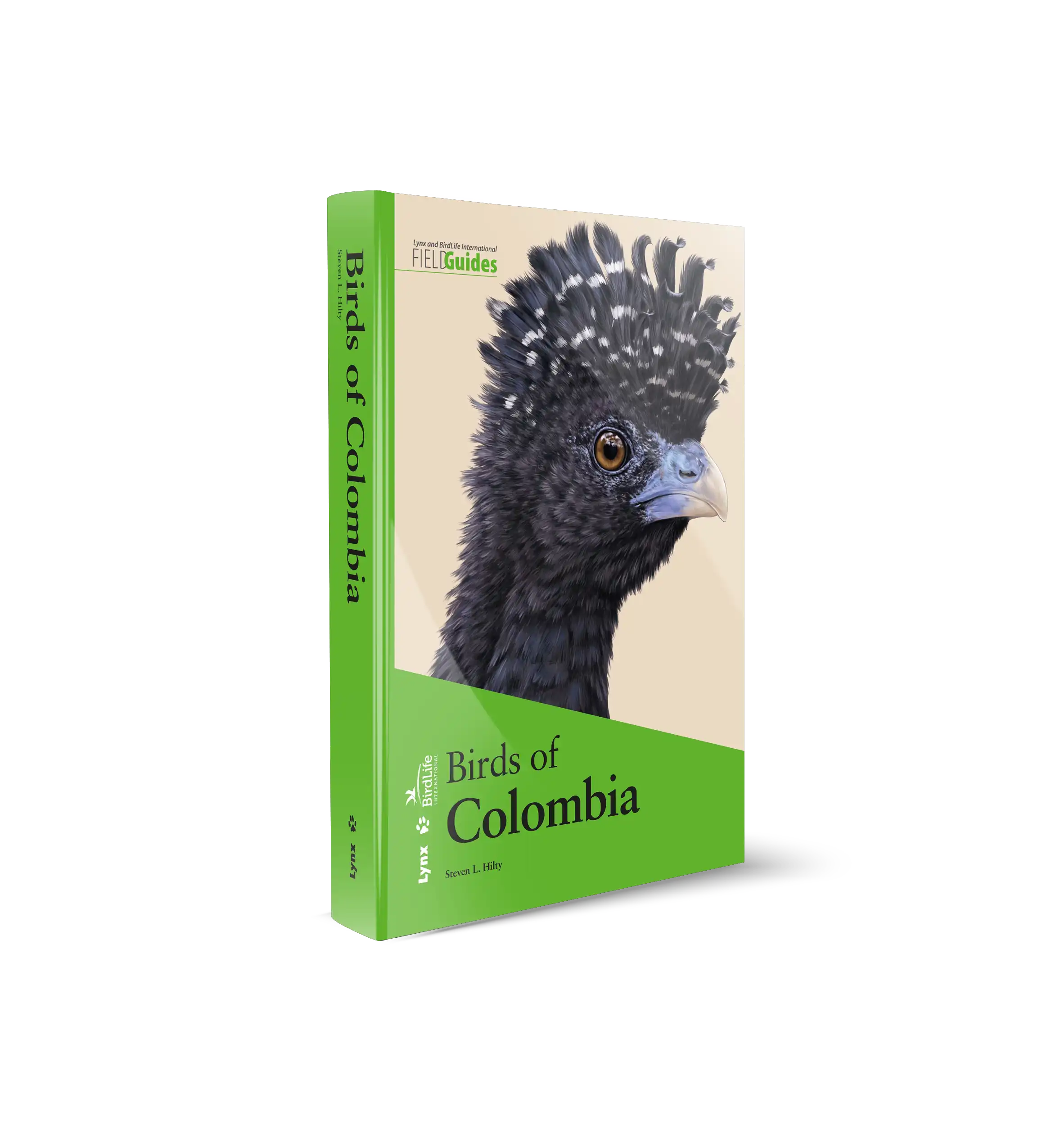
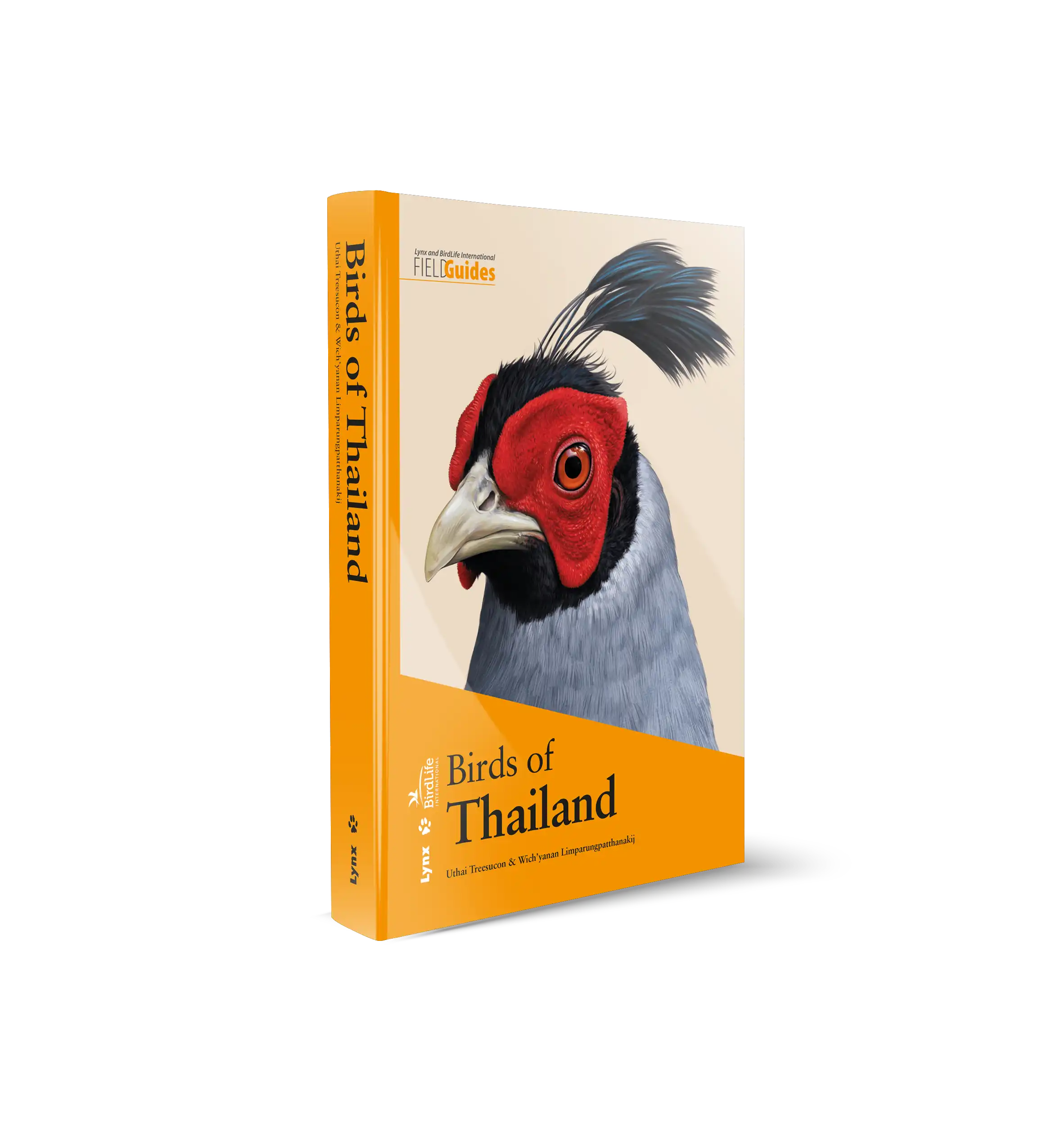
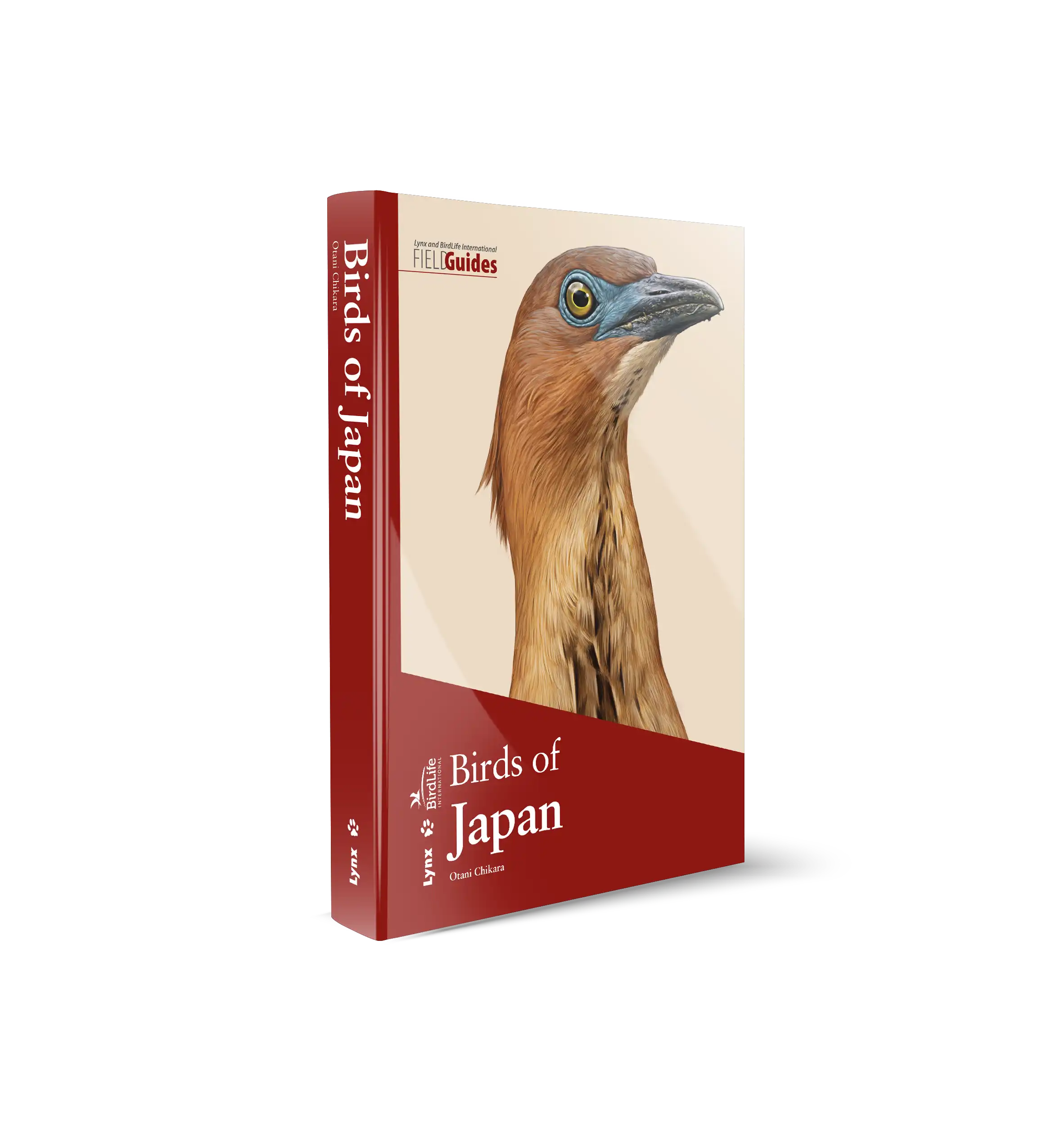








 版权 2025 © Lynx Nature Books
版权 2025 © Lynx Nature Books
Gehan de Silva Wijeyeratne –
This is a monster of a book at 951 pages. The third volume in the Handbook of the Mammals of the World (HMW), it follows the general format set by the previous two volumes. But it impresses more than for just its size. It is a standard-setting book which becomes a new essential reference. It has the hallmarks which distinguished the two previous volumes of having family text written in an accessible style drawn from a comprehensive survey of the published literature combined with a stunning collection of images and a good design layout. Very few books manage this combination of being authoritative, yet accessible; of being a benchmark resource but yet with popular appeal.
Given its size and weight, this is not a book no one will ever think of taking along on a trip. Field Guides to a country or region are what wildlife travellers will take with them. But I can envisage keen primate enthusiasts reading relevant family chapters before a trip. I would for example be certainly be reading the accounts on the Lemurs before a trip to Madagascar.
Fifty-three of the world’s leading primatologists have authored the text. Many of them are familiar names from the literature. Some time ago, I had the pleasure of working with one of them (Professor Anna Nekaris) on a guide to the Primate of Sri Lanka. Despite the huge numbers of authors, the text is consistent in style. All of the plates which illustrate every species of primate have been drawn by Stephen Nash, which is a remarkable achievement. In the second paragraph of the introduction by Russell A. Mittermeier, we learn of the story behind Nash and Anthony B. Rylands (one of the three editors with Mittermeier). Their work on primates stretches back a few decades. I first heard about Mittermeier’s work in relation to his efforts towards conservation when I attended evening classes at Birkbeck College. I suspect many readers are aware that he is a legendary figure in Zoology. The partnership with Josep del Hoyo’s team to produce the HMW has brought together people with huge ambition and a vision to create a series where each volume is breath-taking in what it represents of human endeavour in science.
I have worked on several photographic field guides and I know only too well how even the smallest of books takes a huge amount of effort, typically spanning at least a few years. Books like this volume are epic in scale; a giant collaborative effort combing science and a design sense to celebrate humanity’s thirst for knowledge. Primates imprinted on me early. One of my earliest memories, perhaps when I was just a few years old was my mother carrying me and showing a family of Hanuman Langurs snuggled together with a baby in the arms of the mother. Such is our shared genetic heritage and behaviour, it is hard not to be captivated by primates. Every page in the family accounts in the HMW is absorbing. With the volume on primates, I can dip into any paragraph and be captivated.
This publication recognises 16 families of primates. The introduction includes a table summarising the families, genera, species and taxa by region split across prosimians, monkeys and apes. A total of 681 taxa in 479 species. The book is underpinned by modern work done using molecular phylogenetics which has unearthed cryptic species. The generous word count available in a book of this size makes it especially useful for people like me who write field guides to use it as a starting point to get up to speed with current taxonomic thinking. For further reference, over 8,000 bibliographic references are provided in the end sections. The introduction provides an excellent overview, a world tour of primates in around 8 pages. I was saddened to be reminded that in Madagascar where new species of lemur continue to be found, the island has lost 90% of its original forest. Nevertheless, having grown up in Sri Lanka, I know that despite what has been lost, so much still remains in the precious little that is left.
The family sections begin with a shaded text box which has a facts at a glance summary and a world map showing distributions. The text follows standard sections with headings for Systematics, Morphological Aspects, Habitat, General Habits, Communication, Food and Feeding, Breeding, Movements, Home Range and Social Organization, Relationship with Humans, Status and Conservation followed by a general bibliography.
The headings may sound a tad dry, but as I mentioned before, it is hard not to find something interesting in every paragraph. In the very first family account, in the chapter on communication in Mouse Lemurs, we learn about cryptic alarm calls that confuse predators and furthermore that their soft trill call may suppress development of testes in subordinate males. I suspect every reader will have sections that appeal to them more than others. I find the systematics section very useful. This may be partly because I need to understand relationships because I write on natural history and also because understanding evolutionary relationships holds an intuitive appeal to me. The langurs found in India and Sri Lanka have been the subject of multiple taxonomic views and not surprisingly that particular systematics section was one of the first I looked up. In many cases, the book makes it clear that the evolutionary relationships are far from settled and further revisions are likely. I can imagine almost every primatology student would find this book a useful primer before setting off on field work to study primates with whom they have no prior familiarity.
The family accounts are followed by species accounts with a plate leading the way for several pages of text which are in smaller font and provide concise text arranged under various standard headings. These are in a style that is designed for reference rather than for a pleasurable read. It is clear that once HMW is completed, Lynx Edicions will have the text and images available for various permutations to field guides at country or regional level. These will in turn help to build capacity in many countries which still do not have good and comprehensive field guides to mammals. The plates by Nash depict all species on a plate in the same posture to allow ease of comparison. As a result they look like ‘technical ‘drawings. On first impressions they may seem a bit dry as they are not about showing how beautiful the animals are nor are they intended to create a plate that is lively. But the almost stylised style is very effective in what it intends to do. Plates 45 (colobus monkeys) and Plate 47 (langurs) struck me as having an almost ‘art poster’ quality to them.
I only have a minor criticism of the book which applies to the series as a whole. The covers could have been more colourful to celebrate the diversity of mammals; the images chosen are dark and brooding. Although, I should comment I have noticed a change in design direction by Lynx Edicions with more attractive covers in a series of bird field guides that have been launched by them more recently. Another concern for which there is no easy answer is the size and weight of the book. I can see why the publisher wants to produce a landmark volume such as this which is fairly self-contained within a single volume. Unfortunately, this means one cannot simply pick up the book and browse through, standing up holding it in your hands. This is a book you need to put down on a table and sit to read it. It is not a book you pop into your day pack to read in a café or on a commute to work.
It’s a magnificent work and one that holds the promise of many more exciting discoveries ahead. For a non-fiction, zoological book, it may surprise you as a book that stirs emotions, sometimes uplifting, sometimes saddening, with its interesting and exciting content for anyone who loves primates. It sets out the task ahead for conservation. We also learn for example that Sulawesi has an extraordinary diversity of tarsiers which are yet to be described. HMW Volume 3, is a guidebook to scientific adventure for young primatologists who have their careers ahead of them.